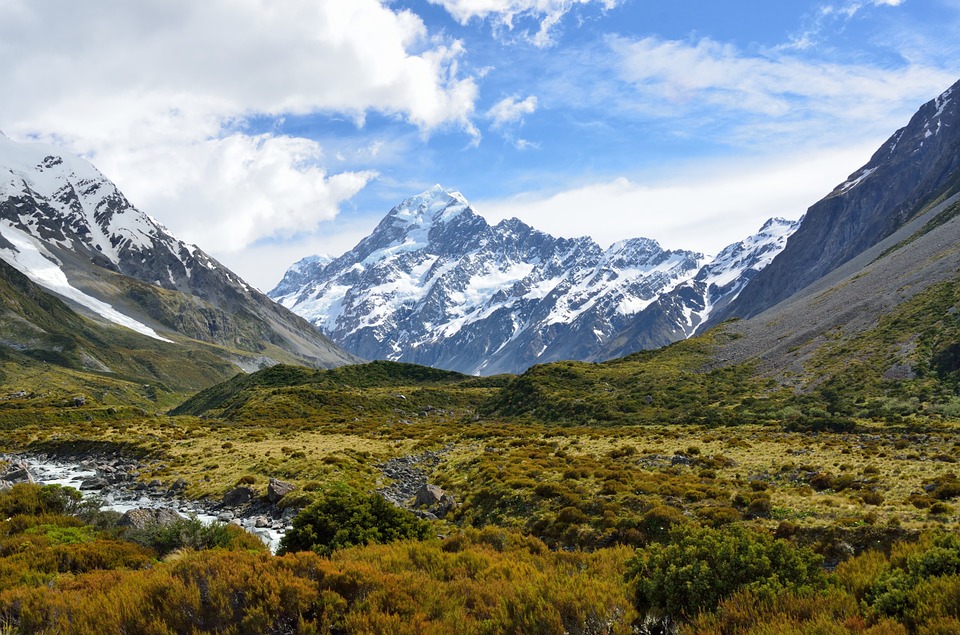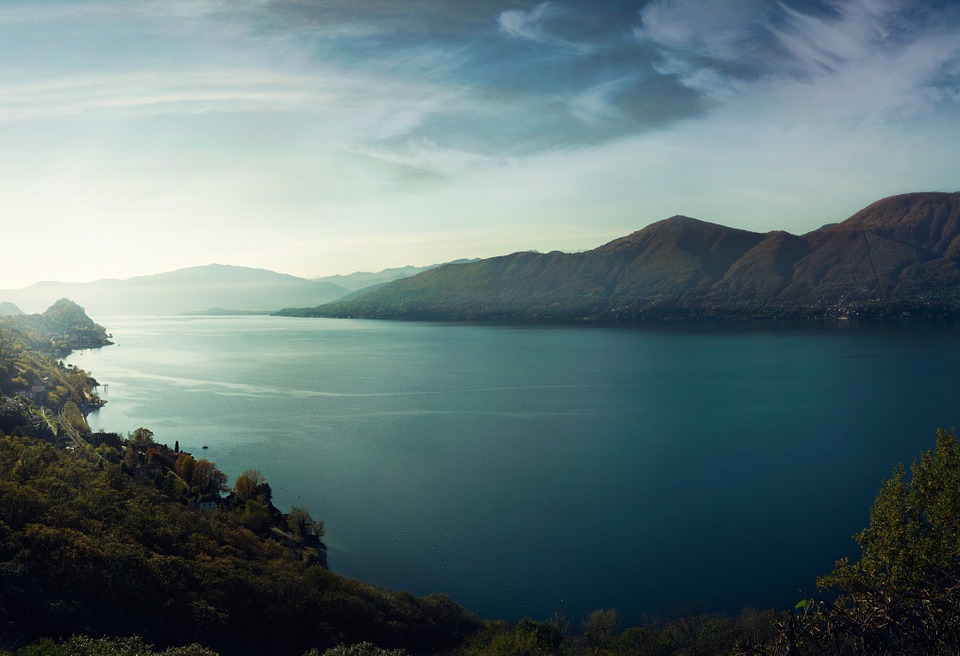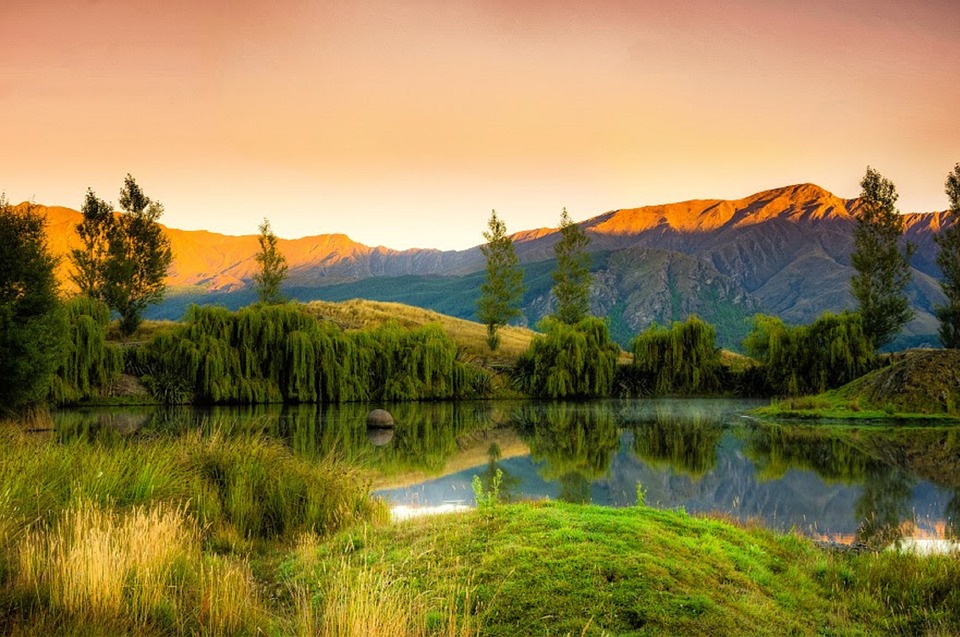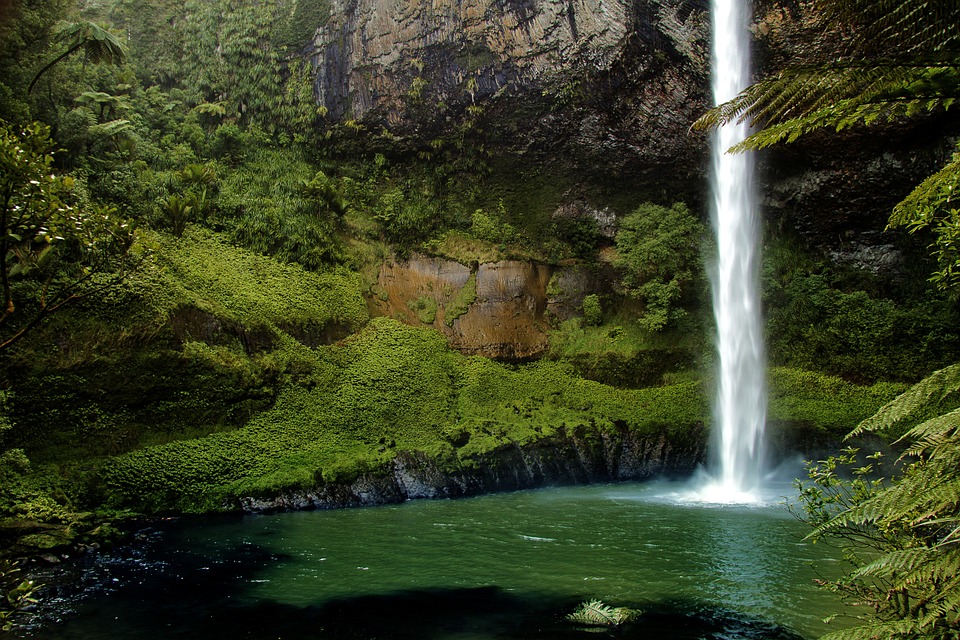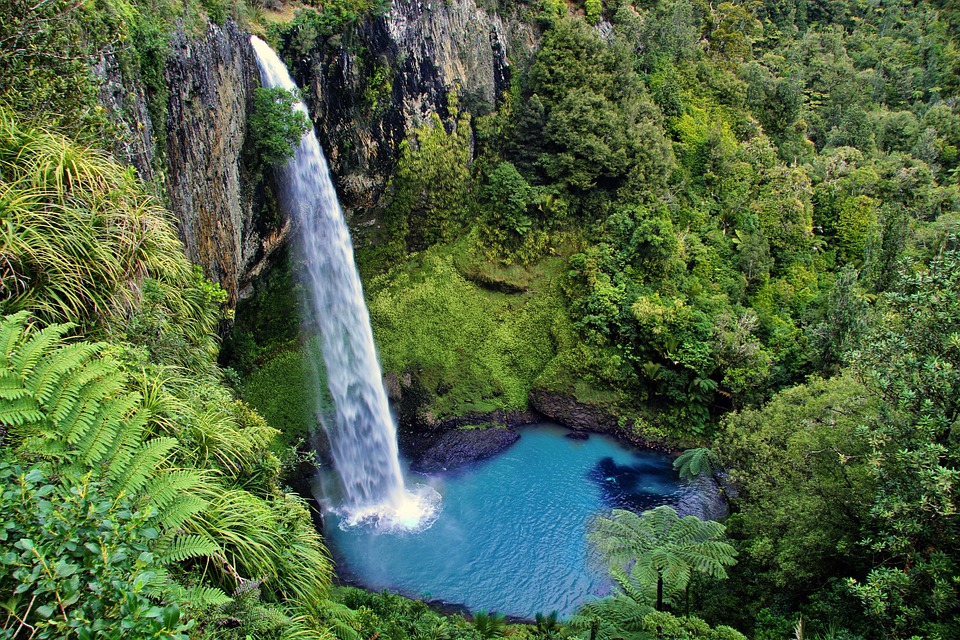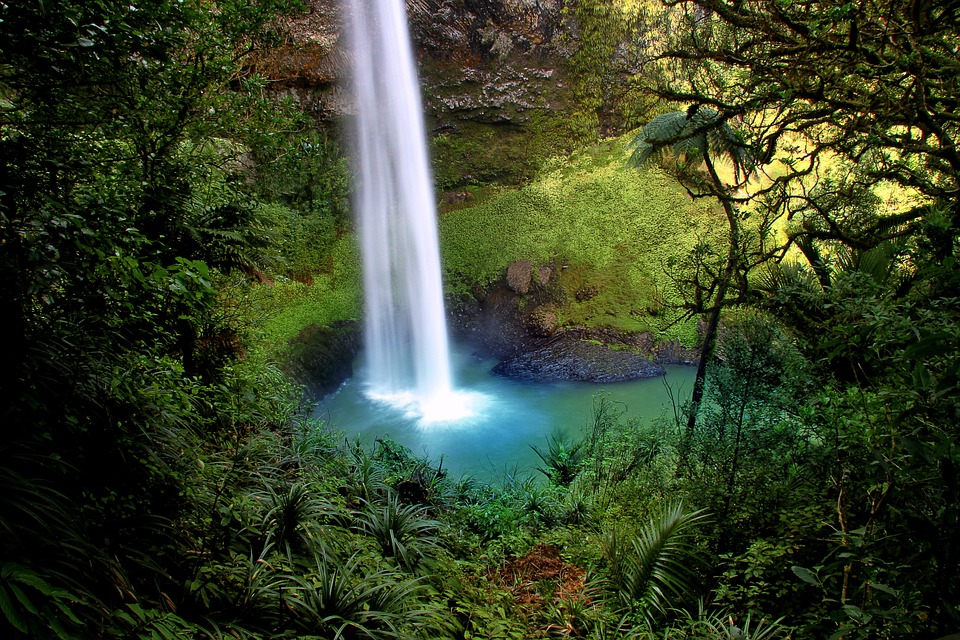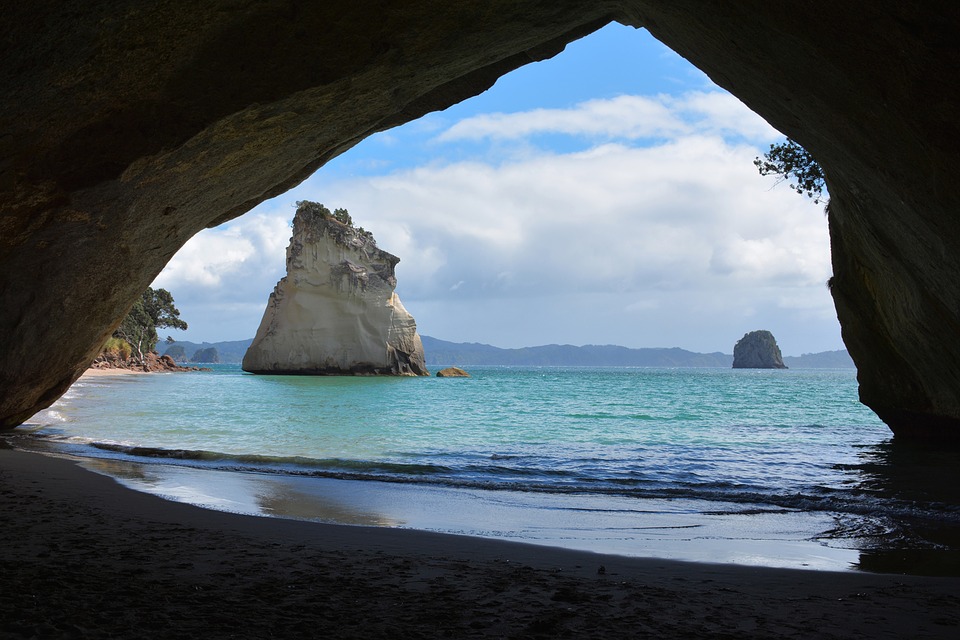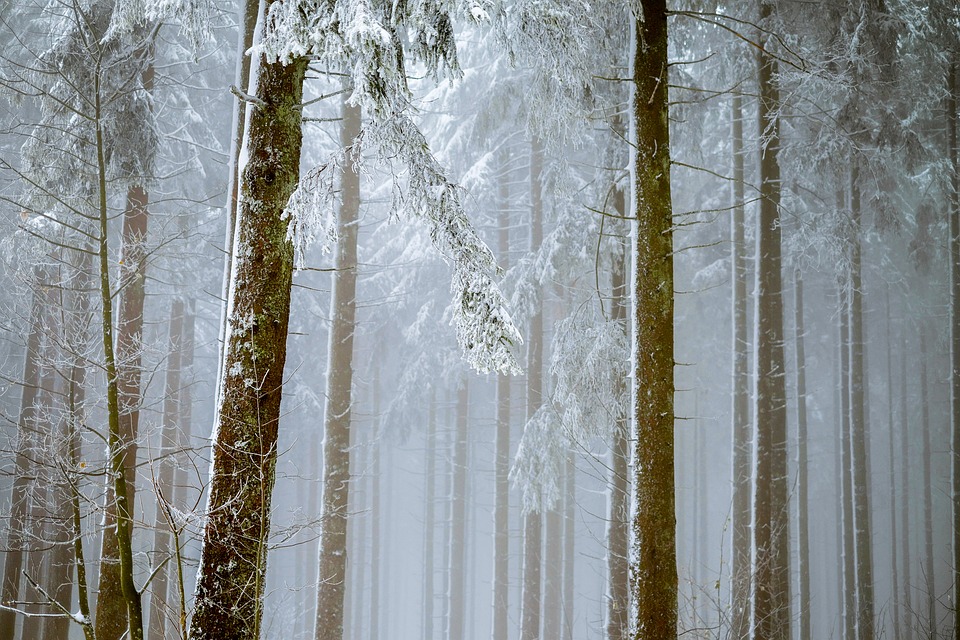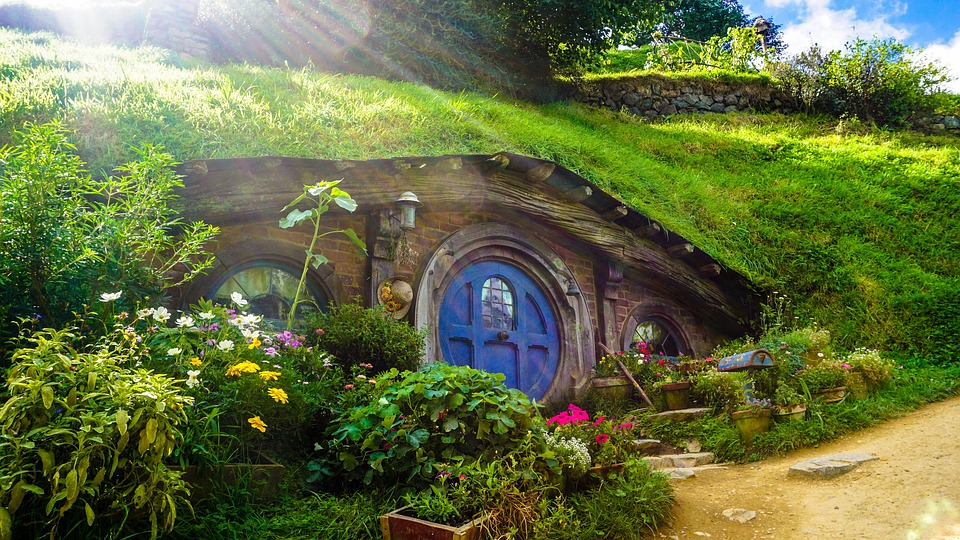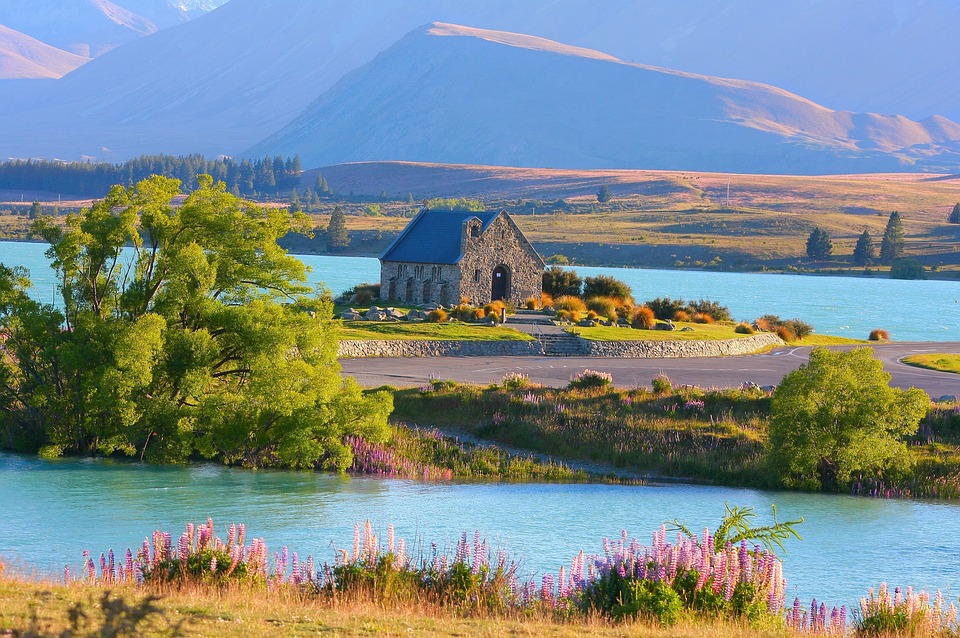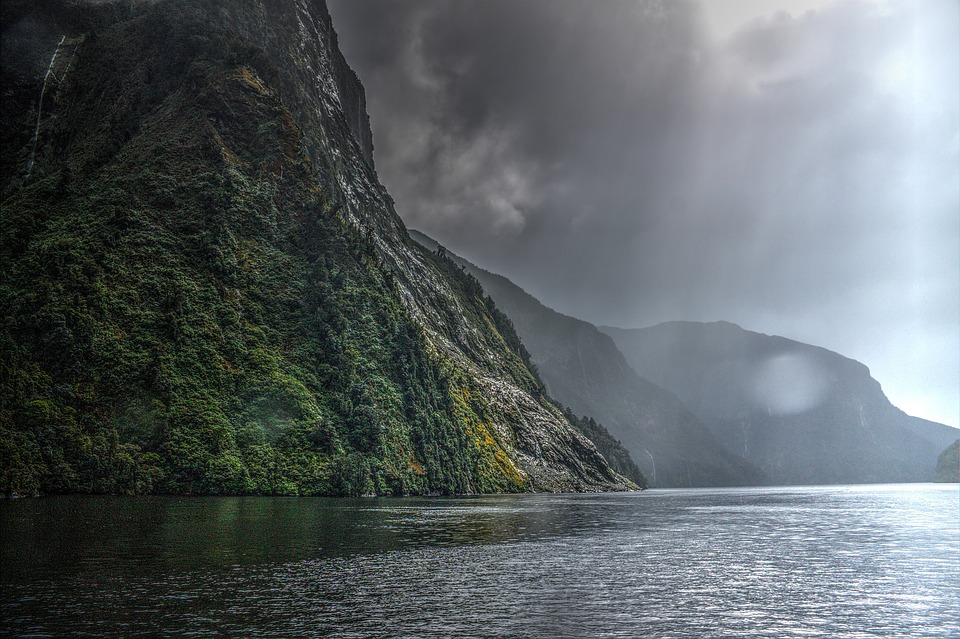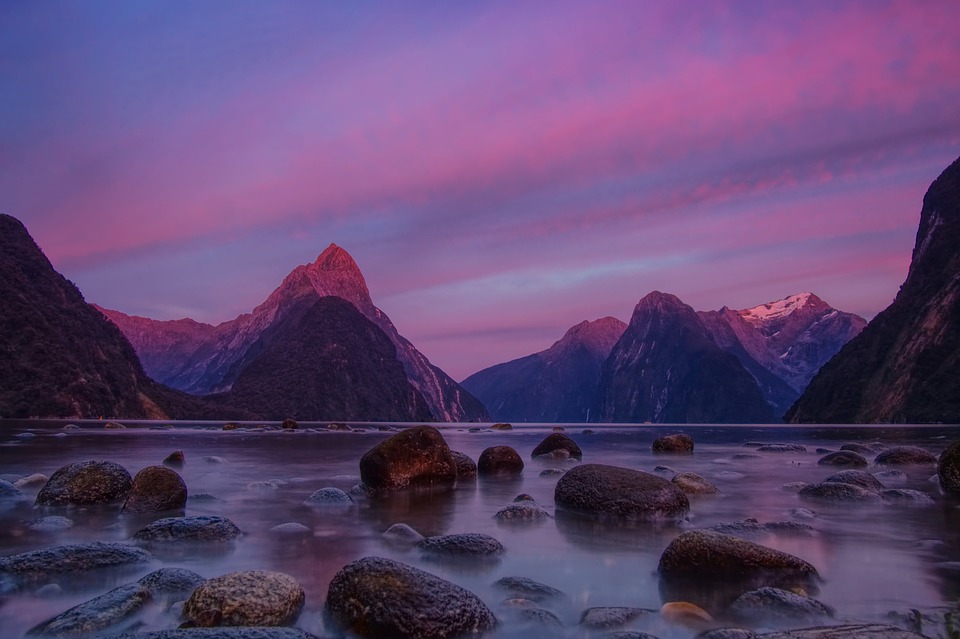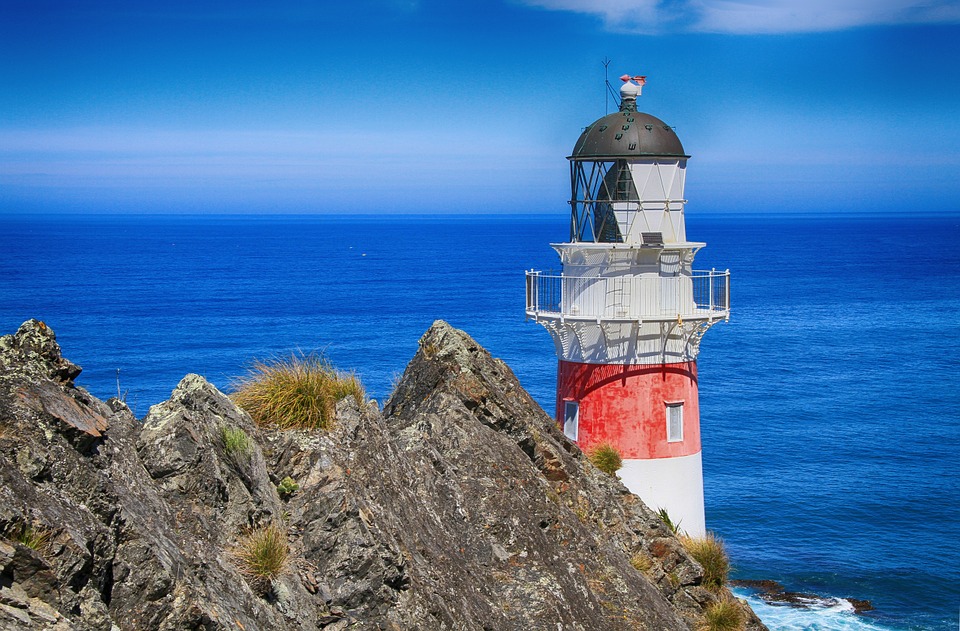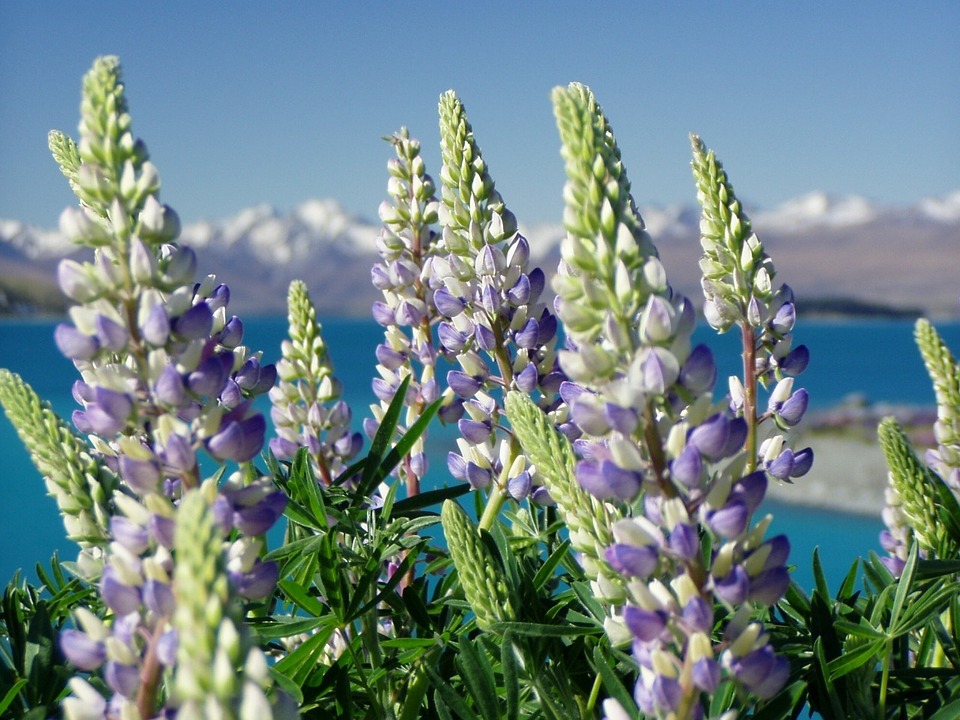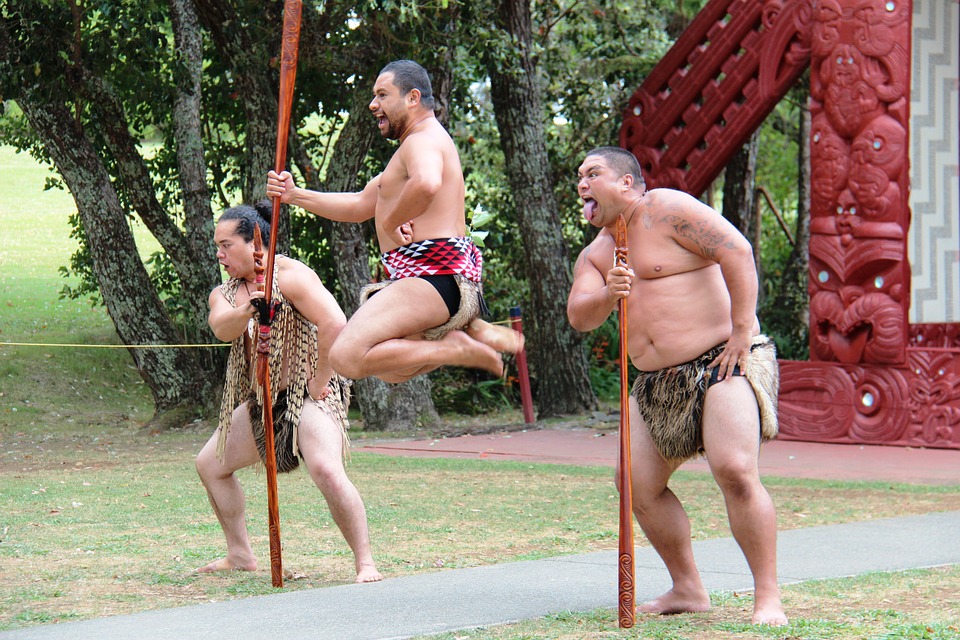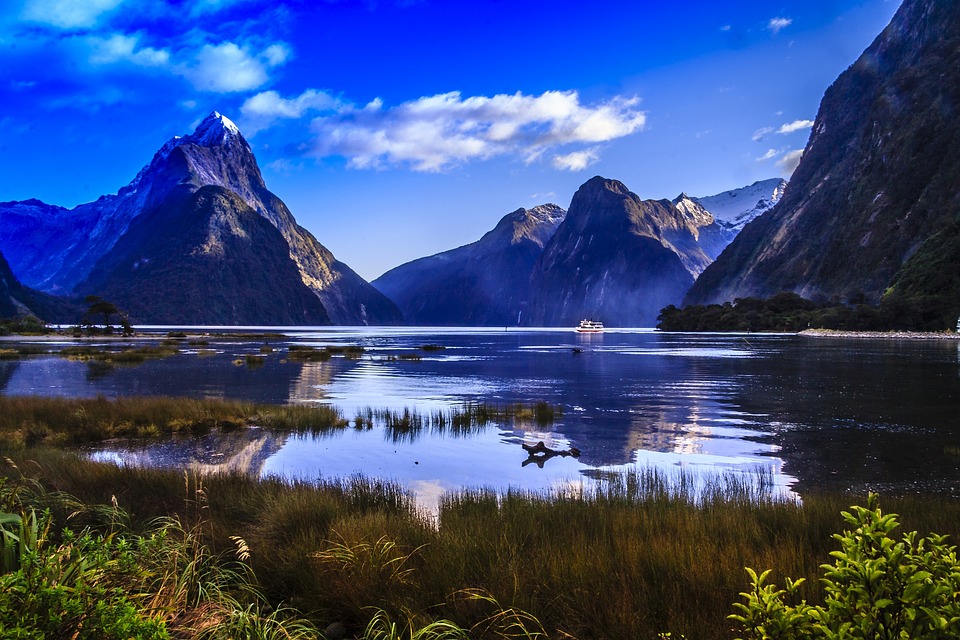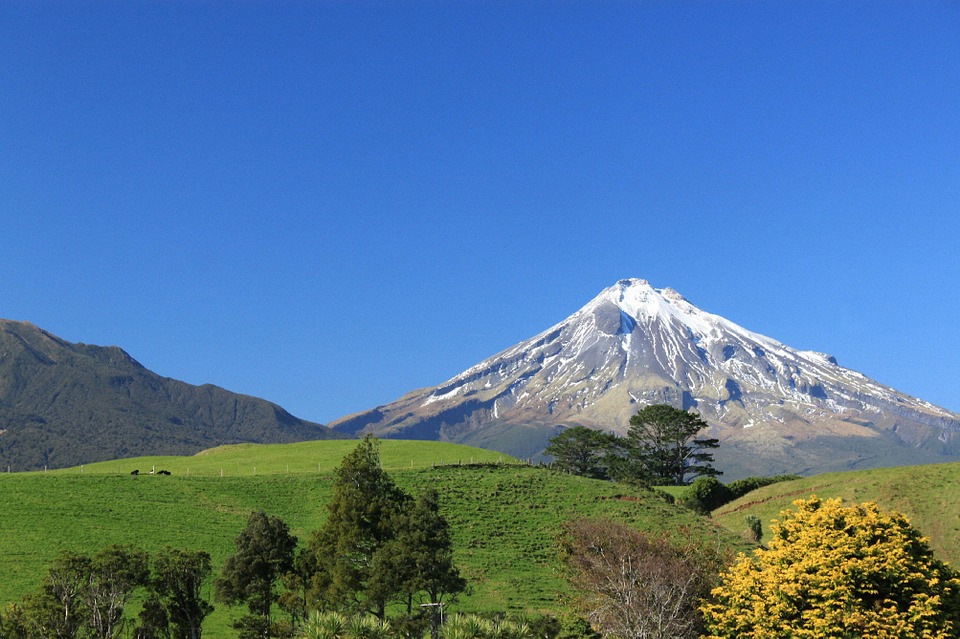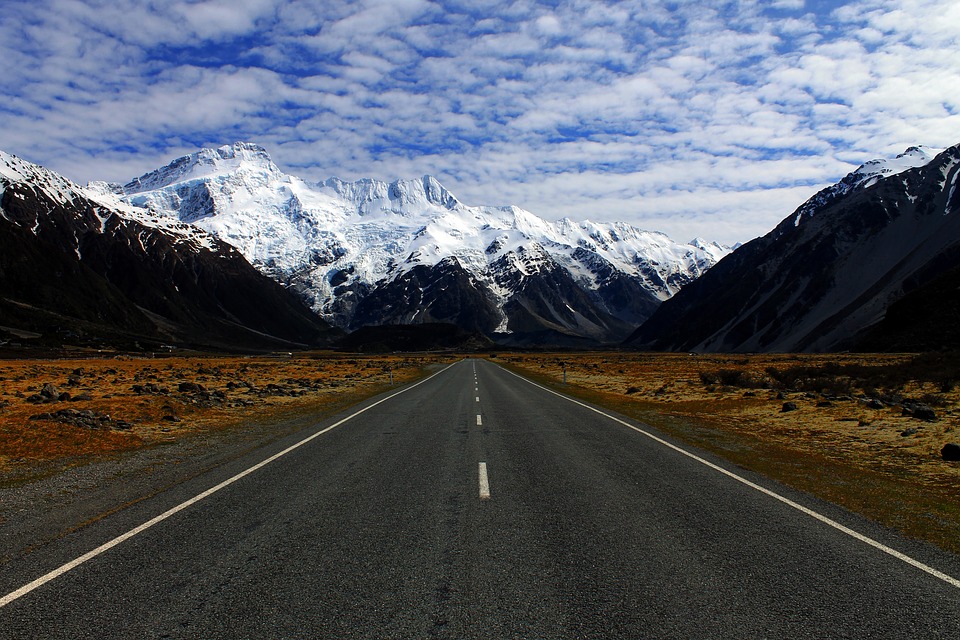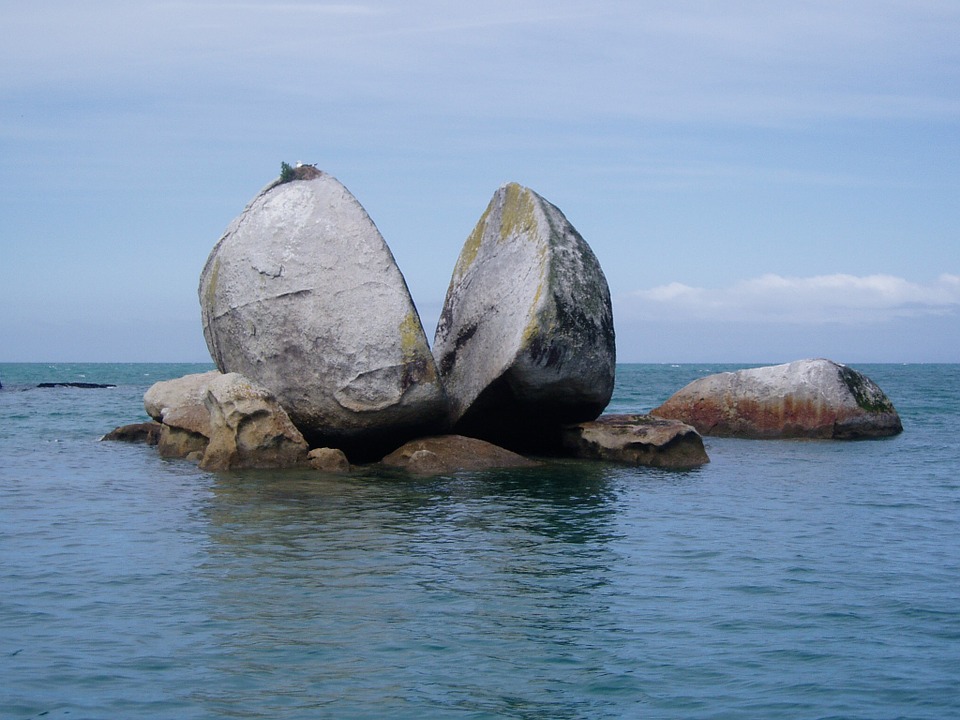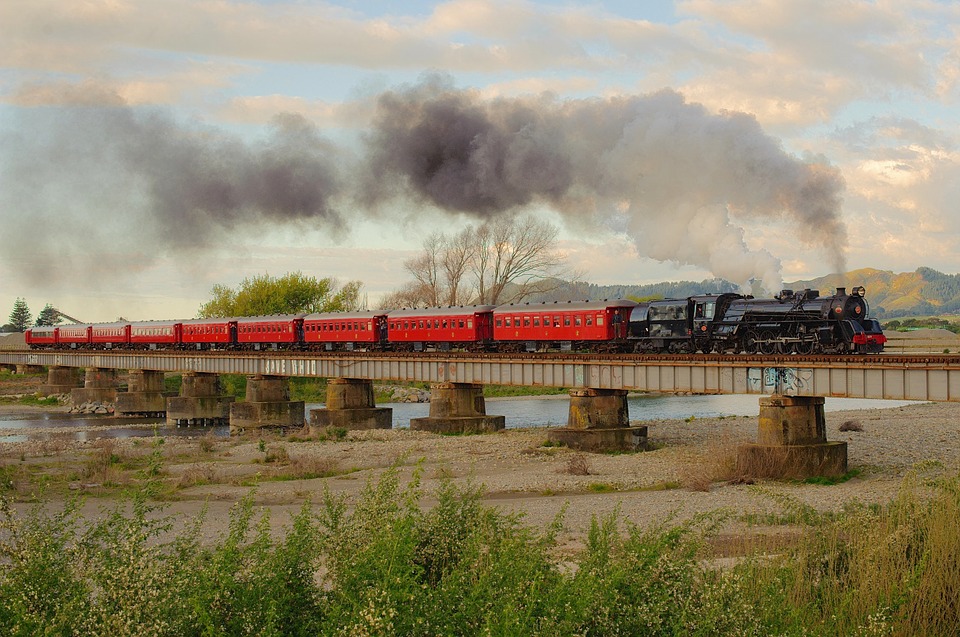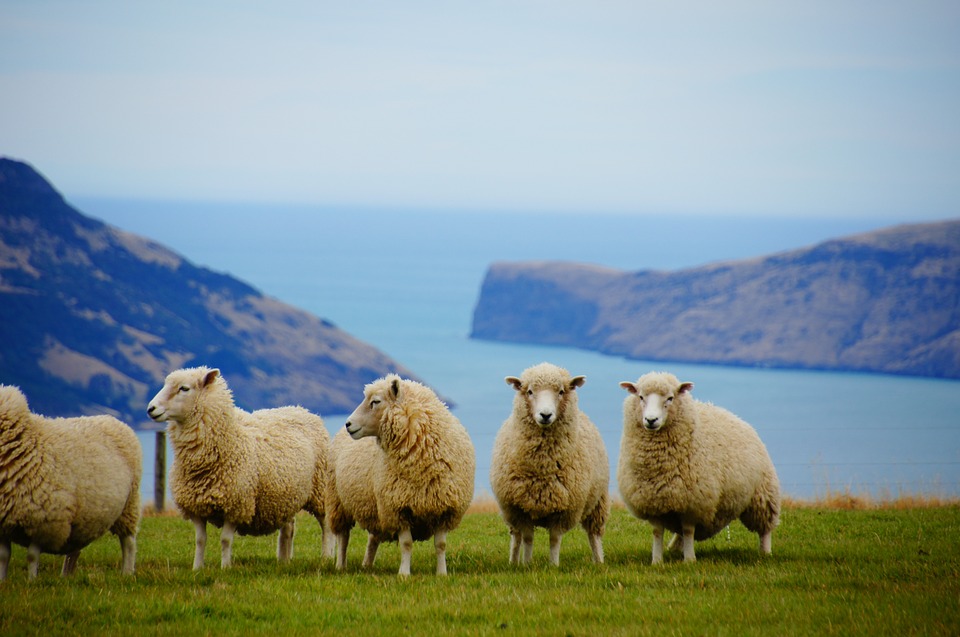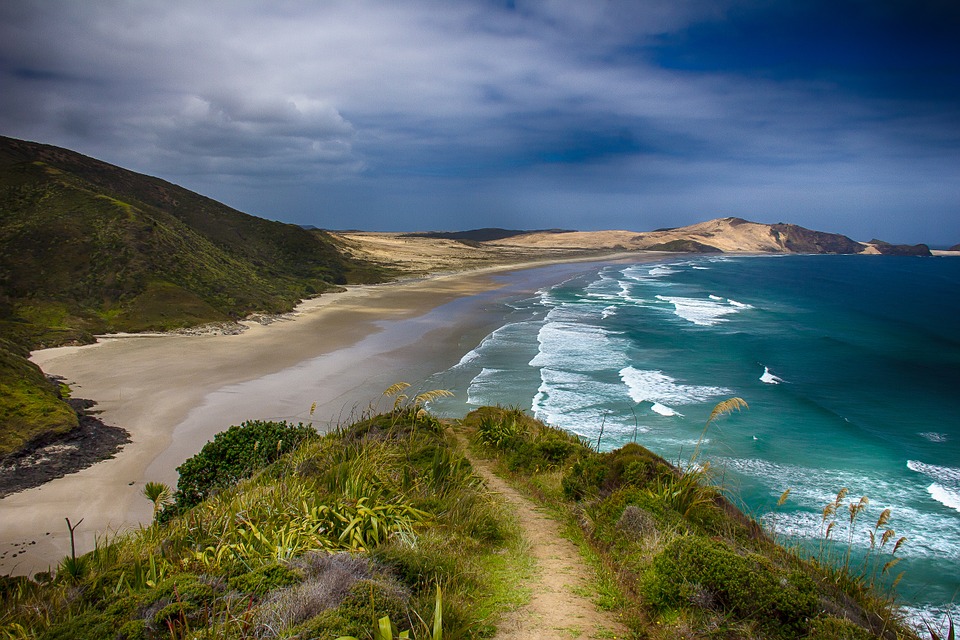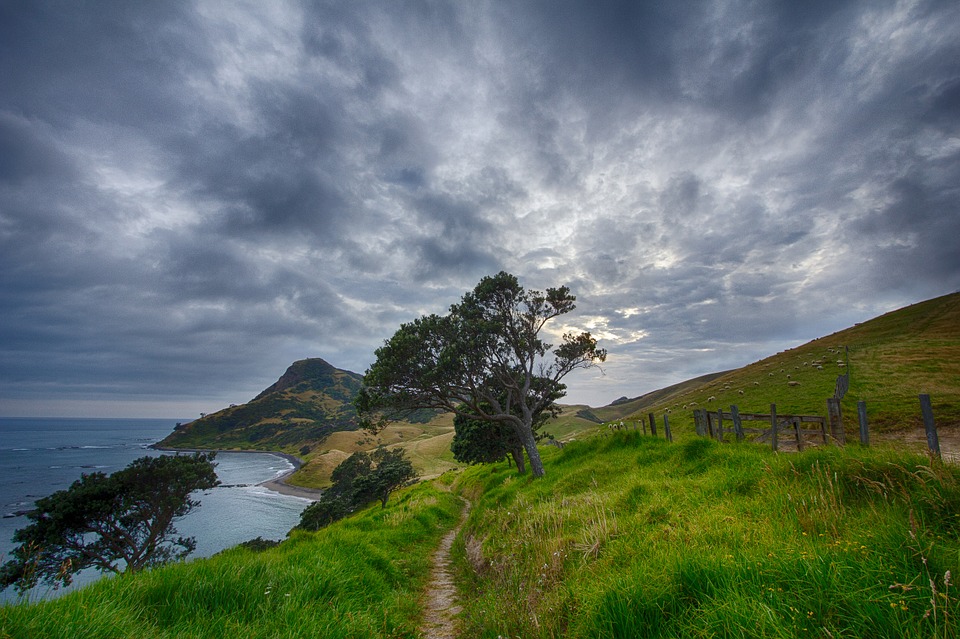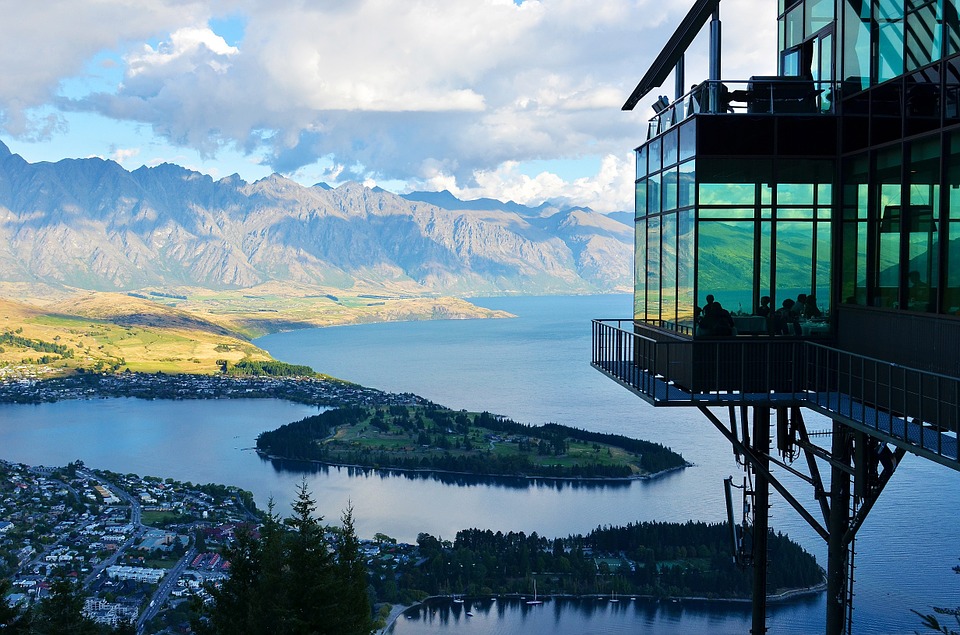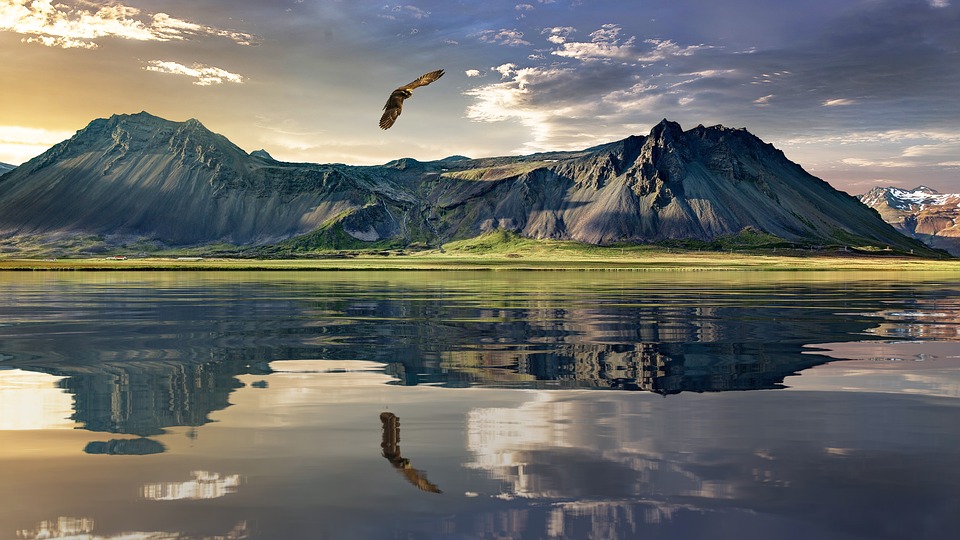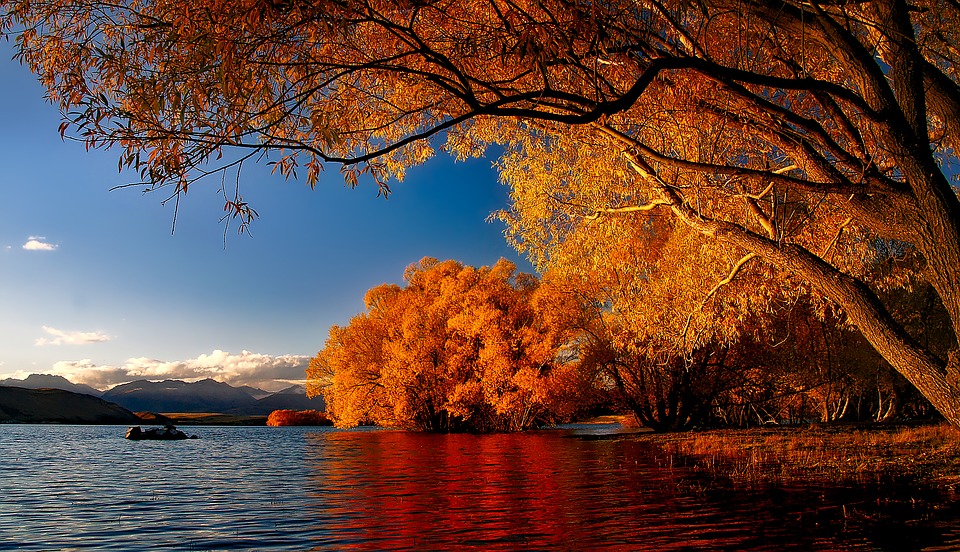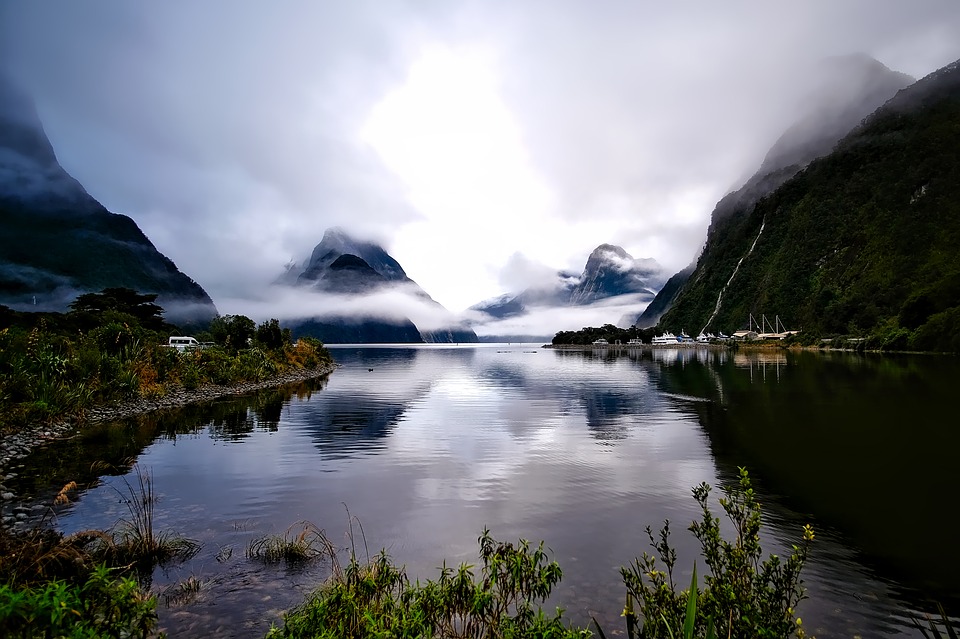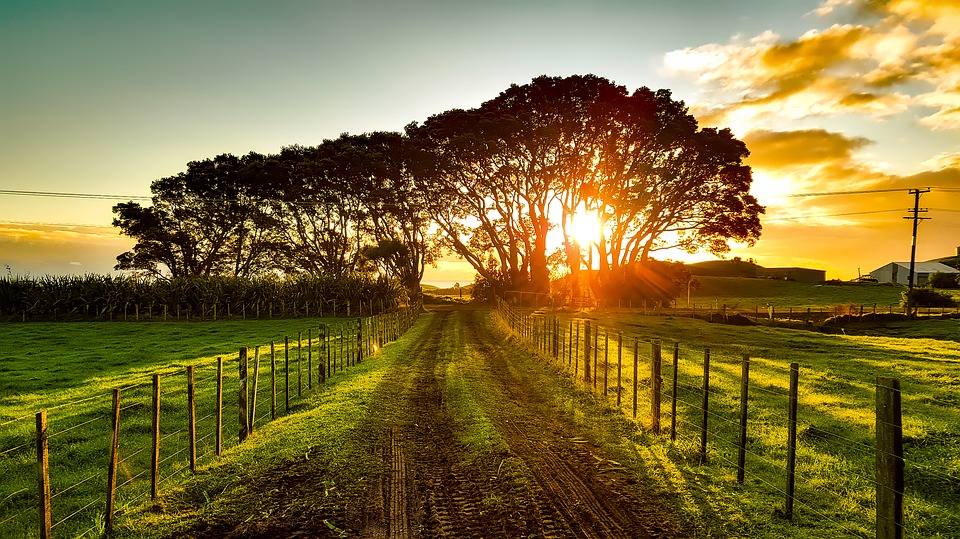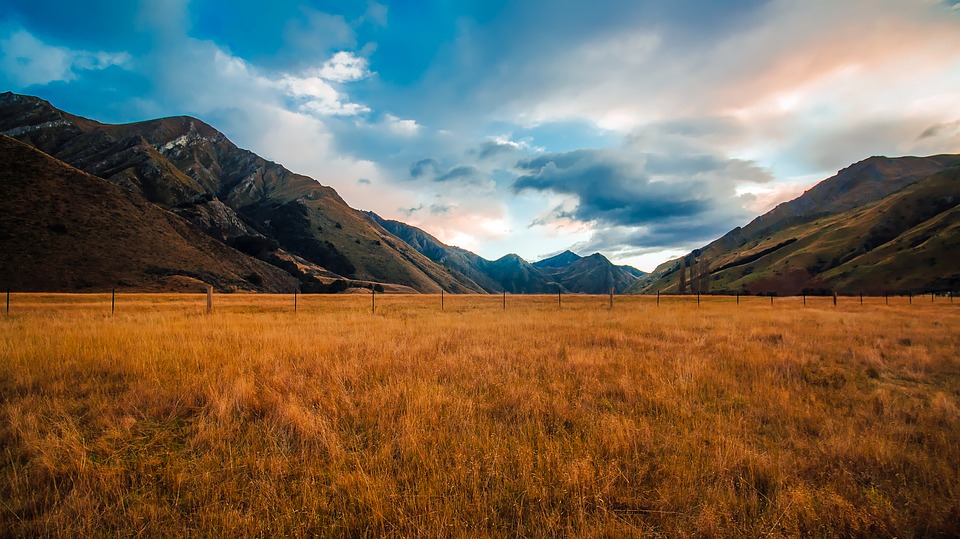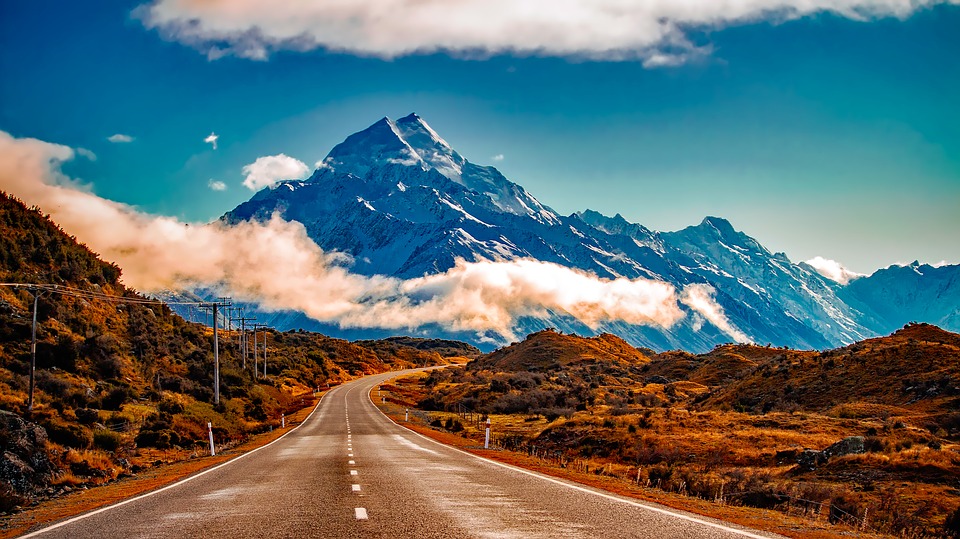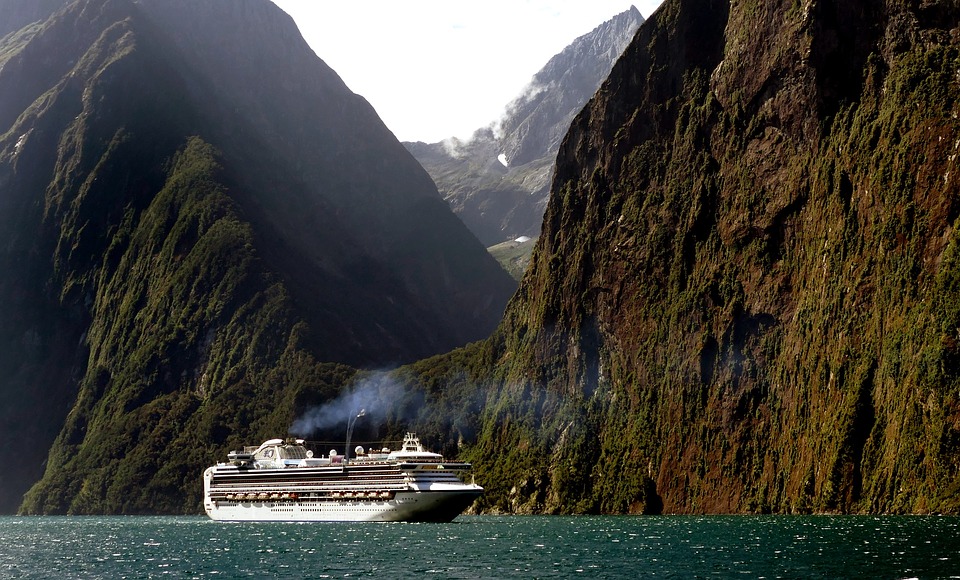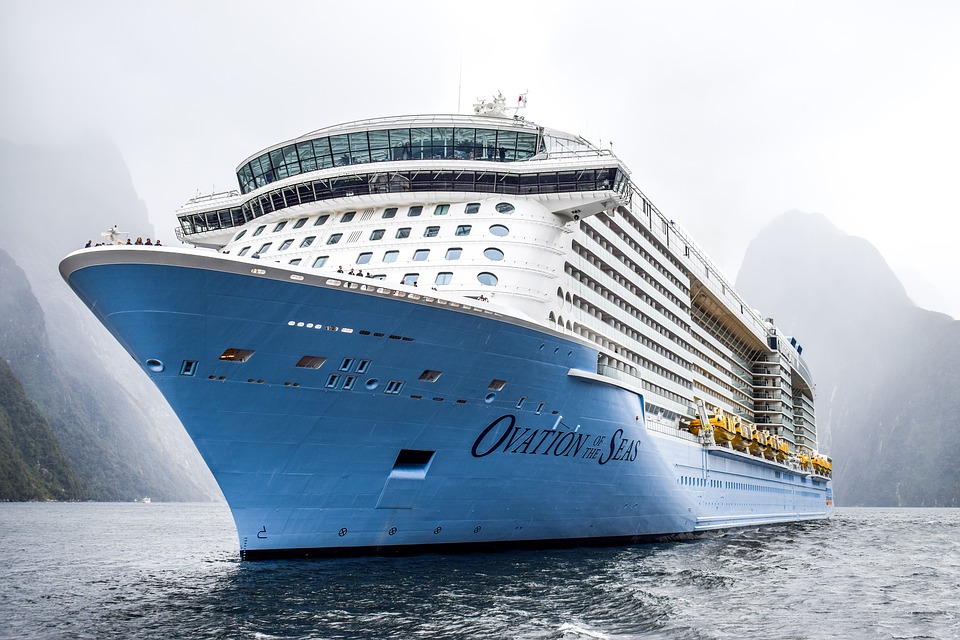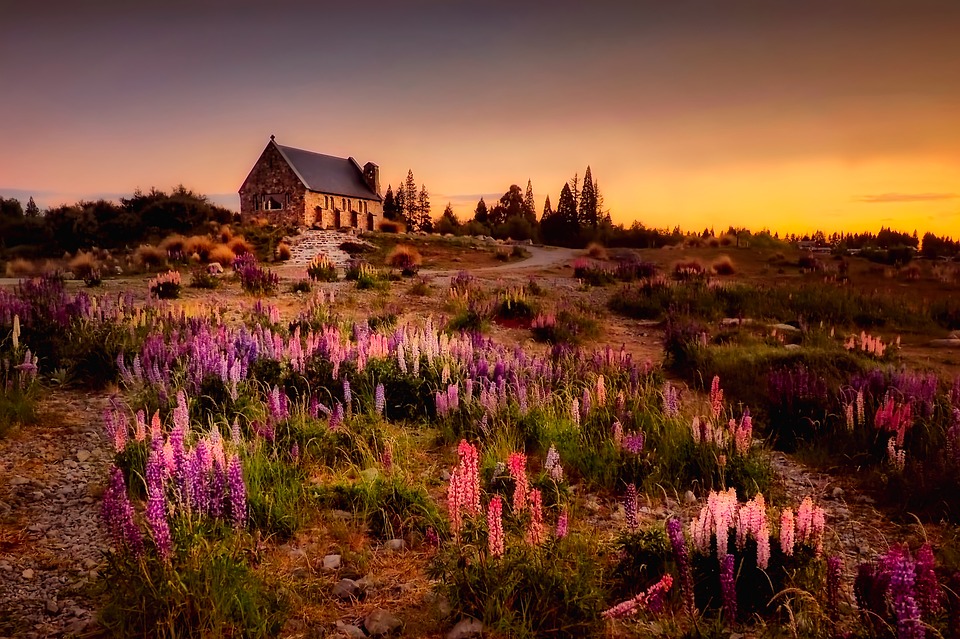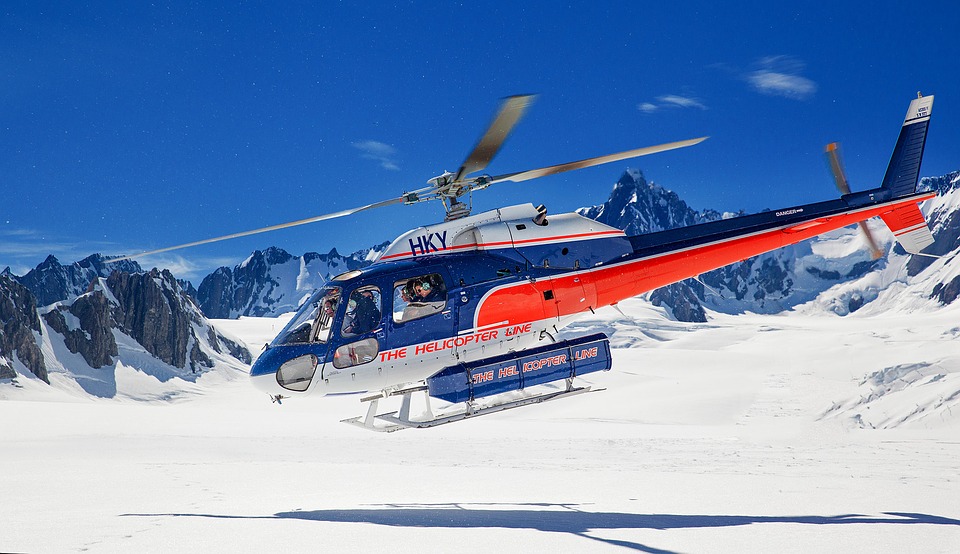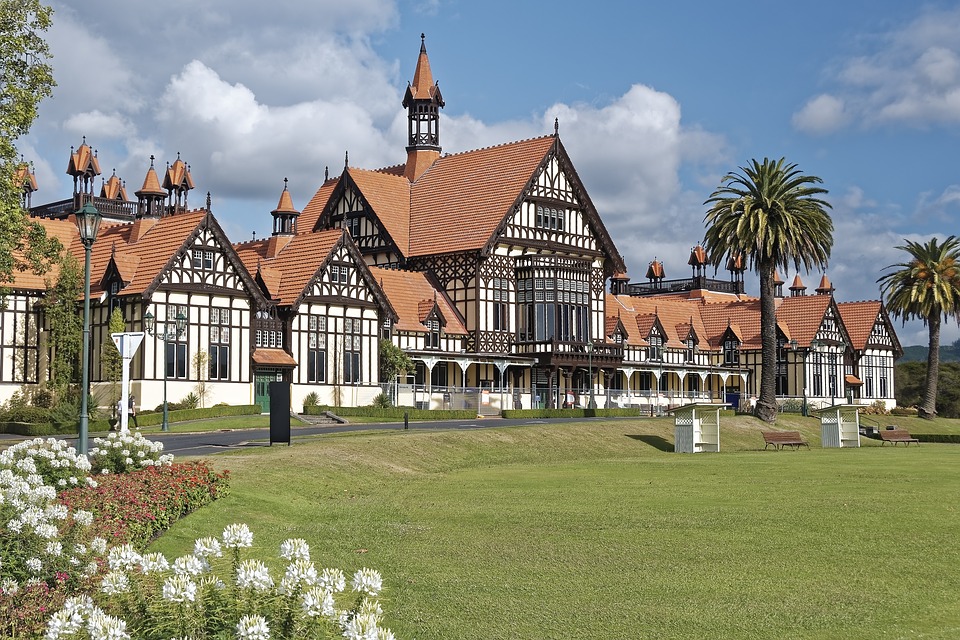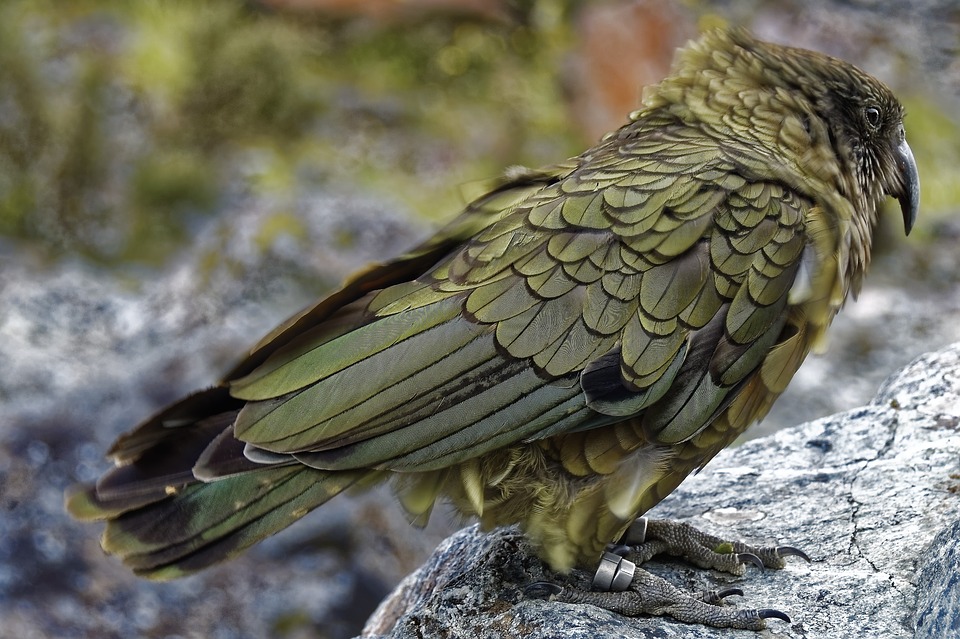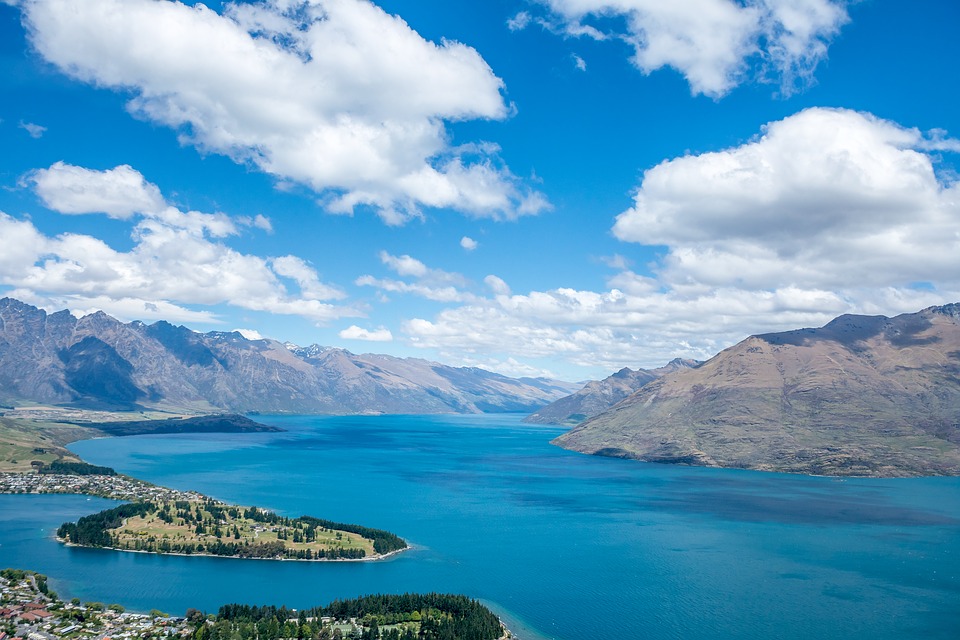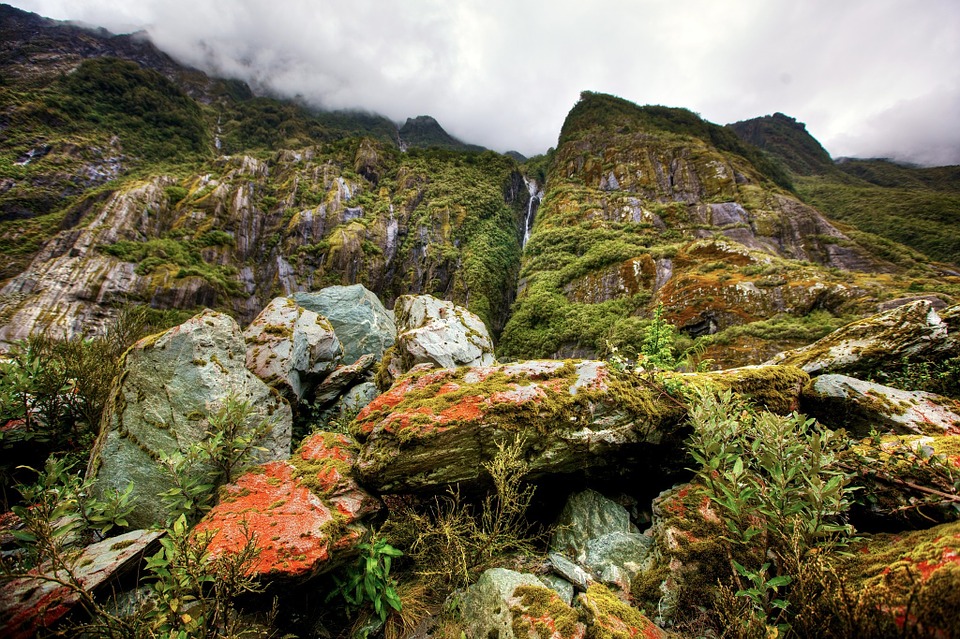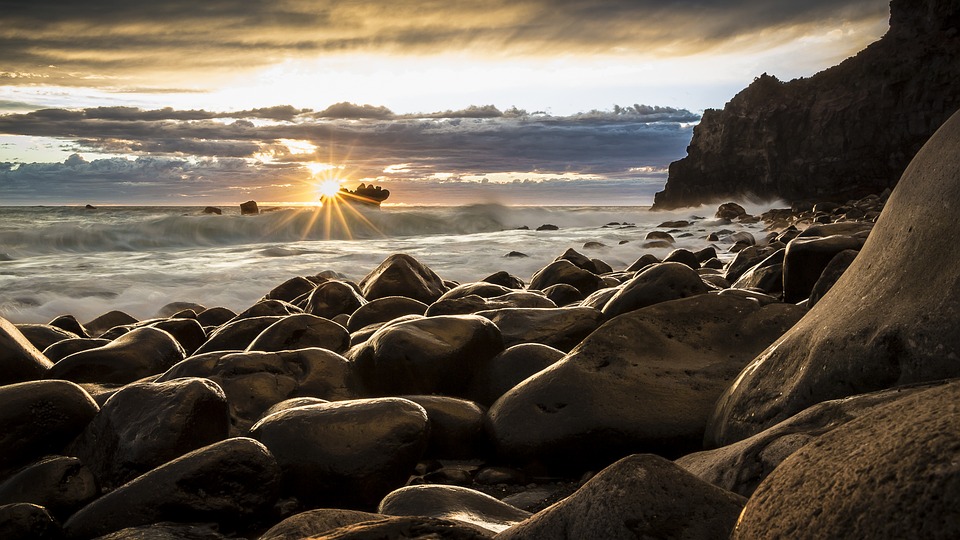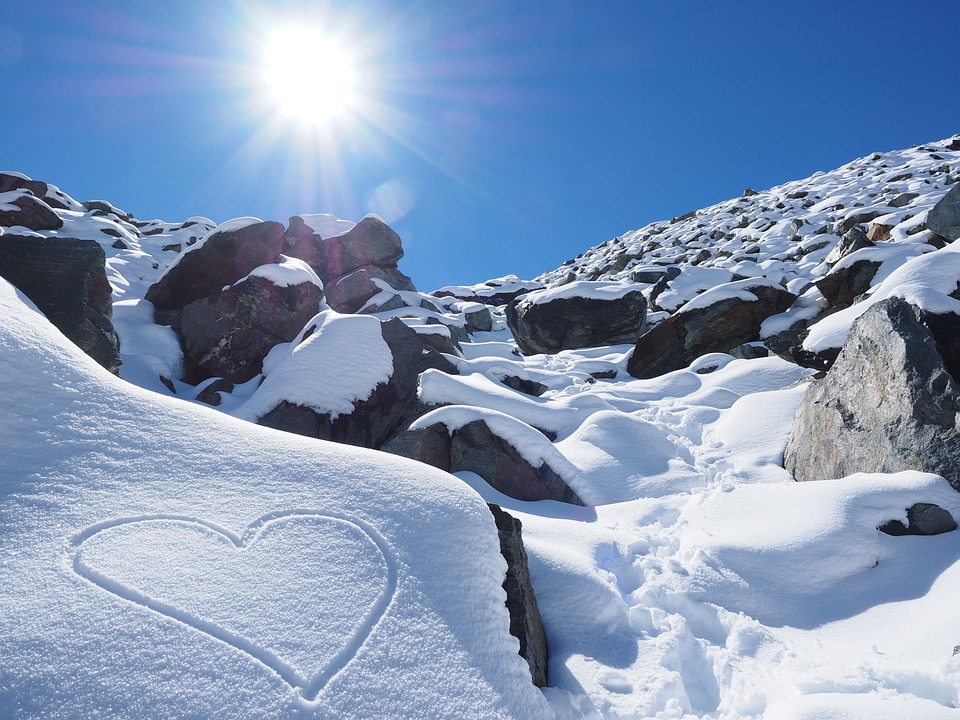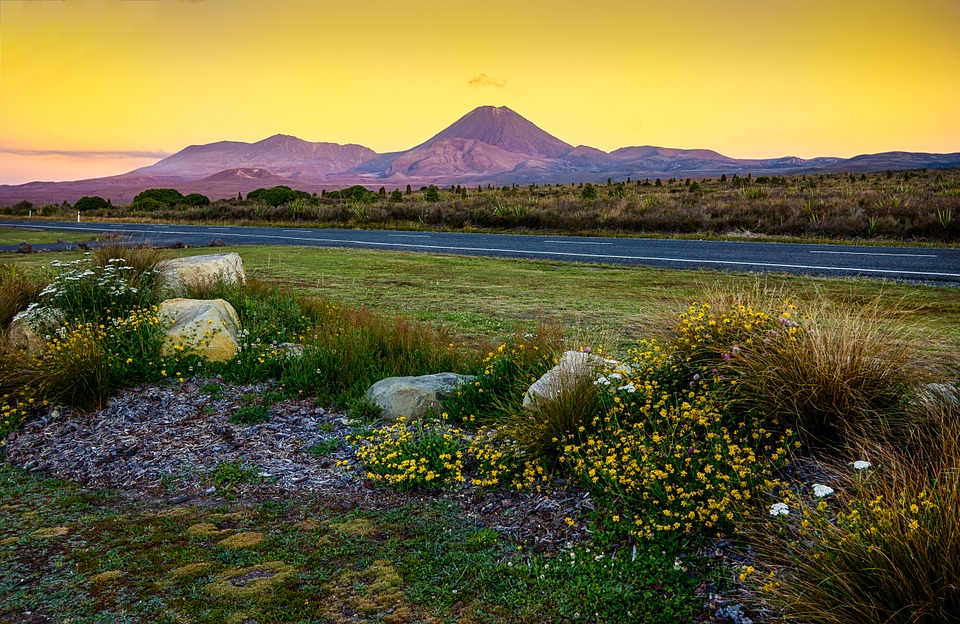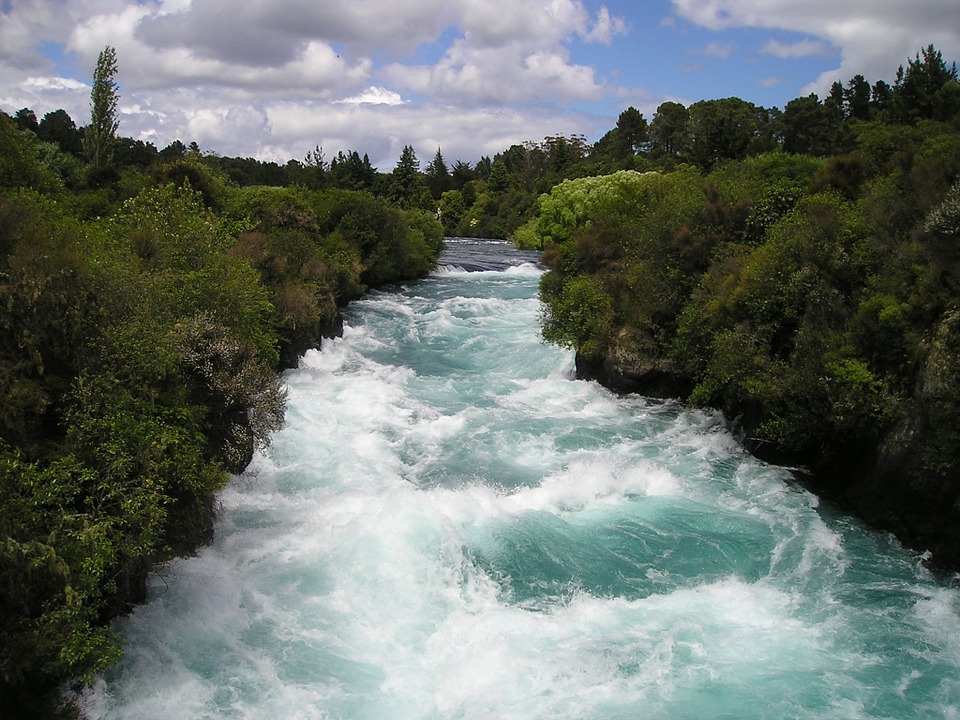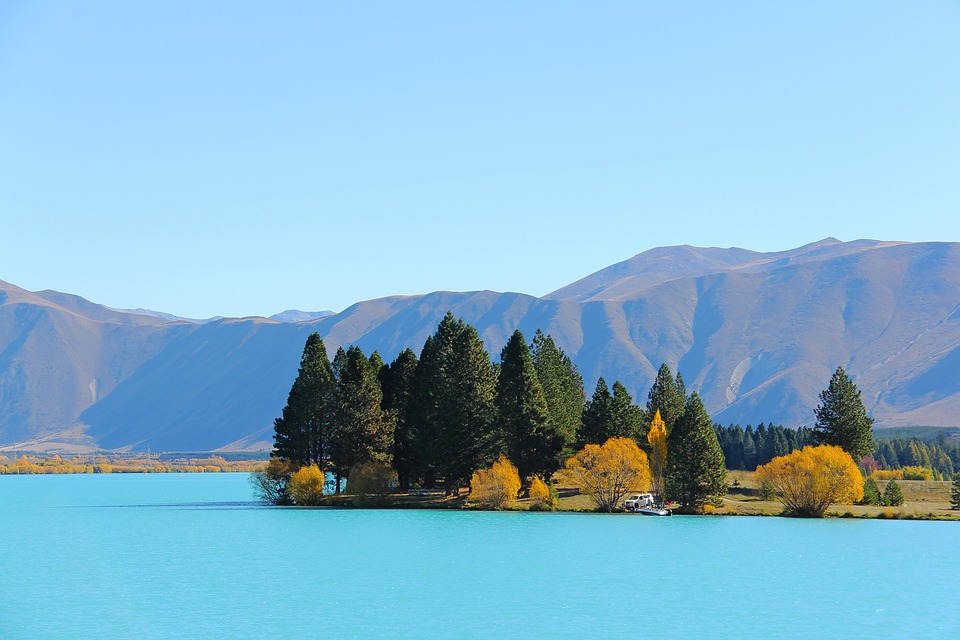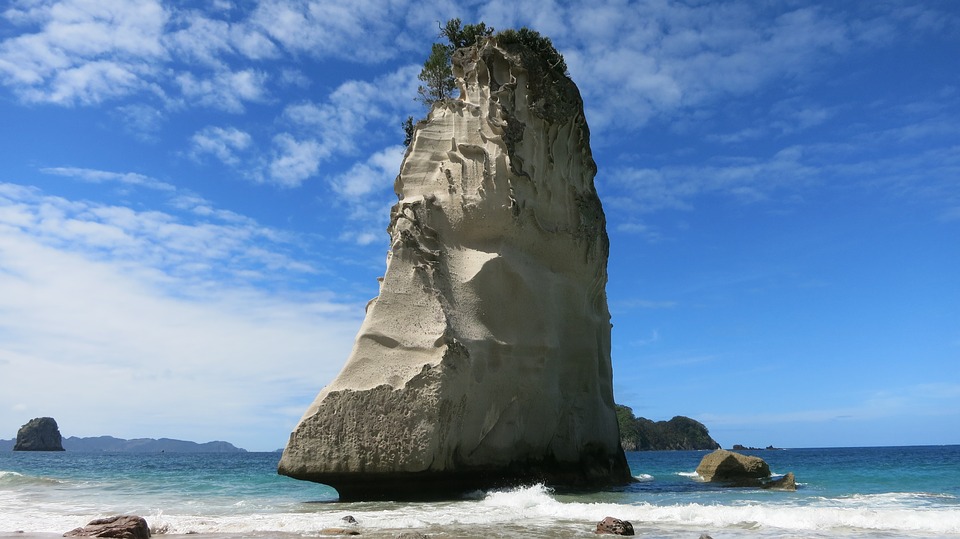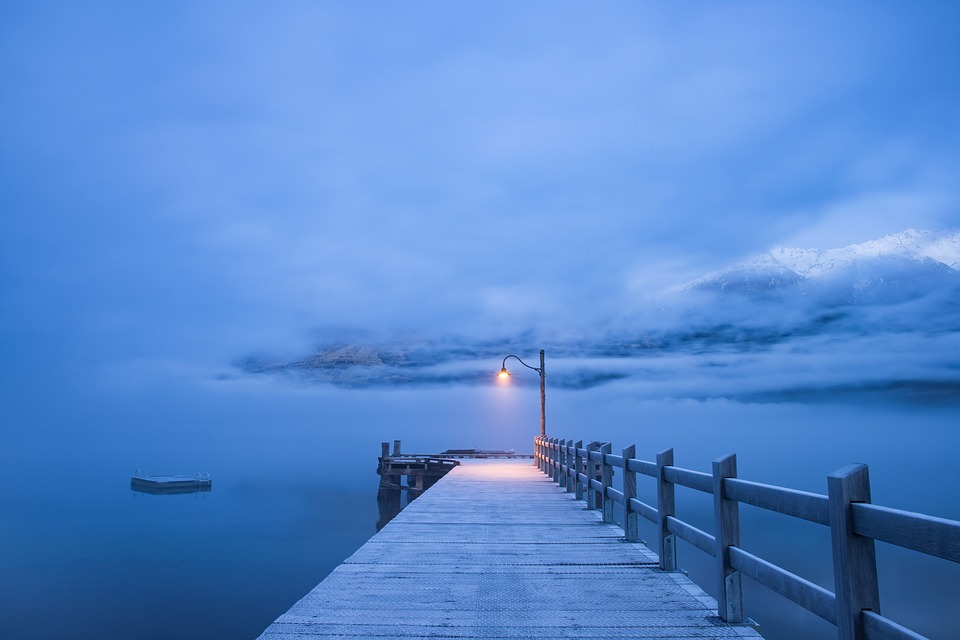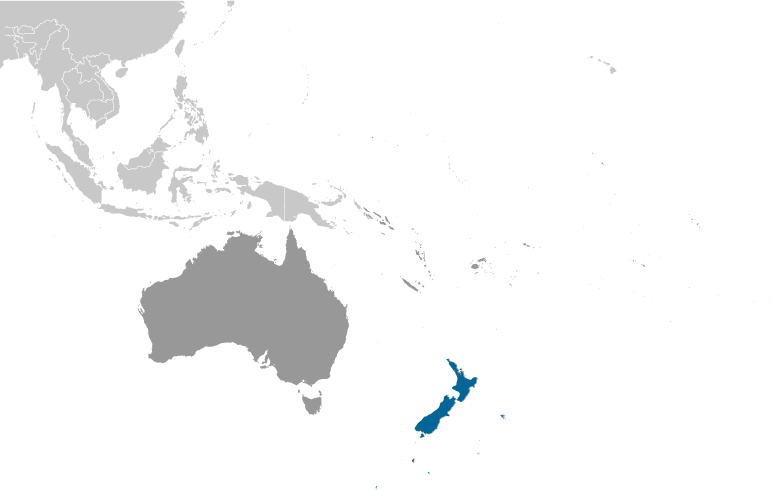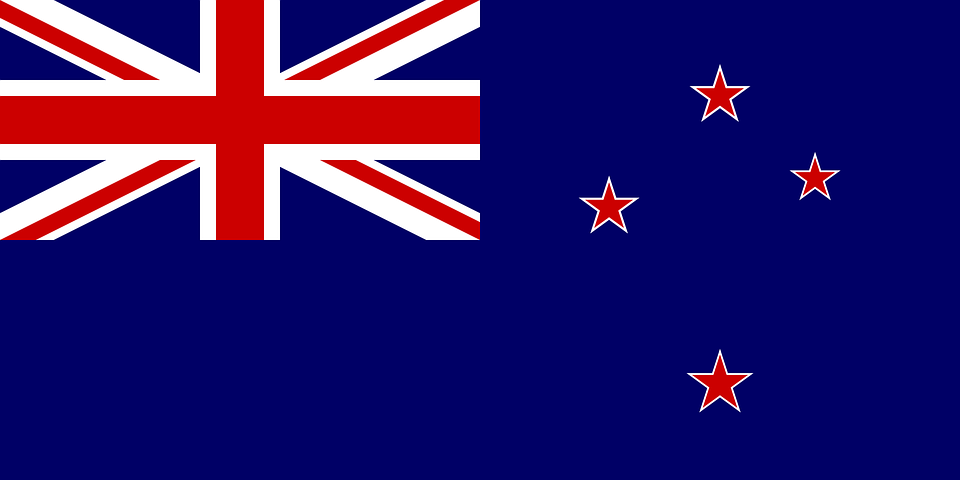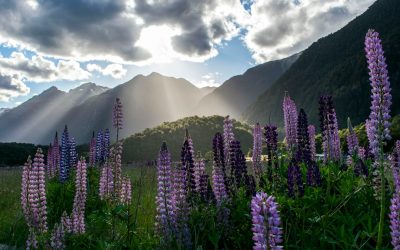New Zealand
(Aotearoa (Maori))

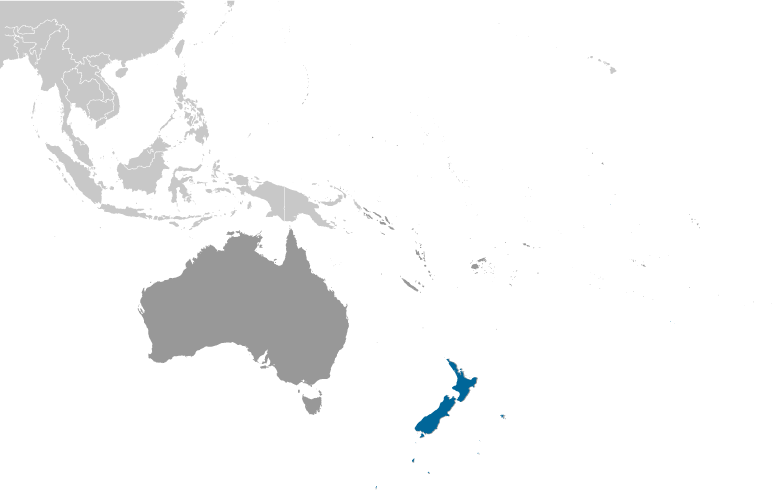
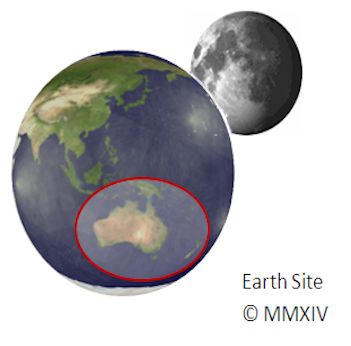
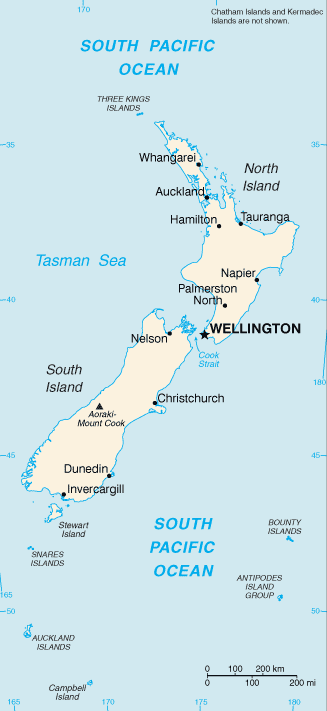
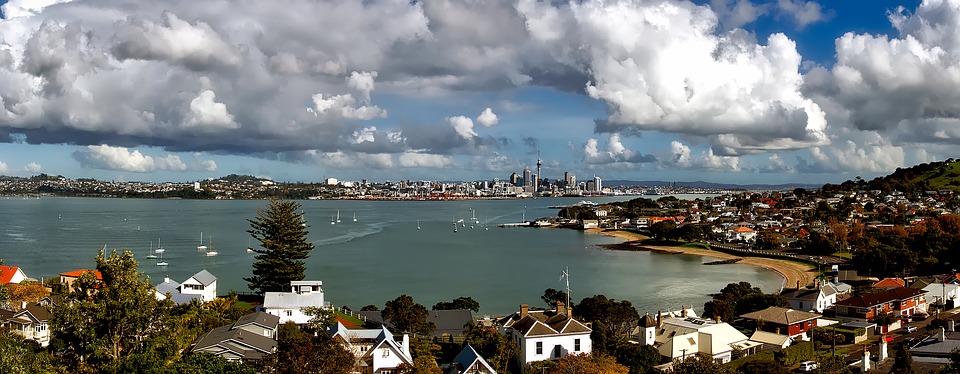
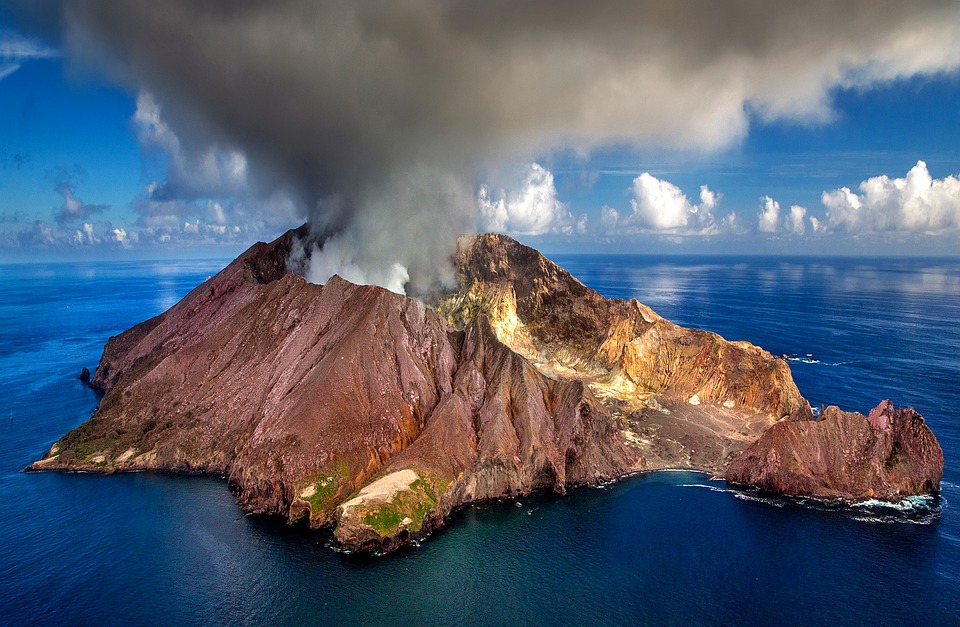
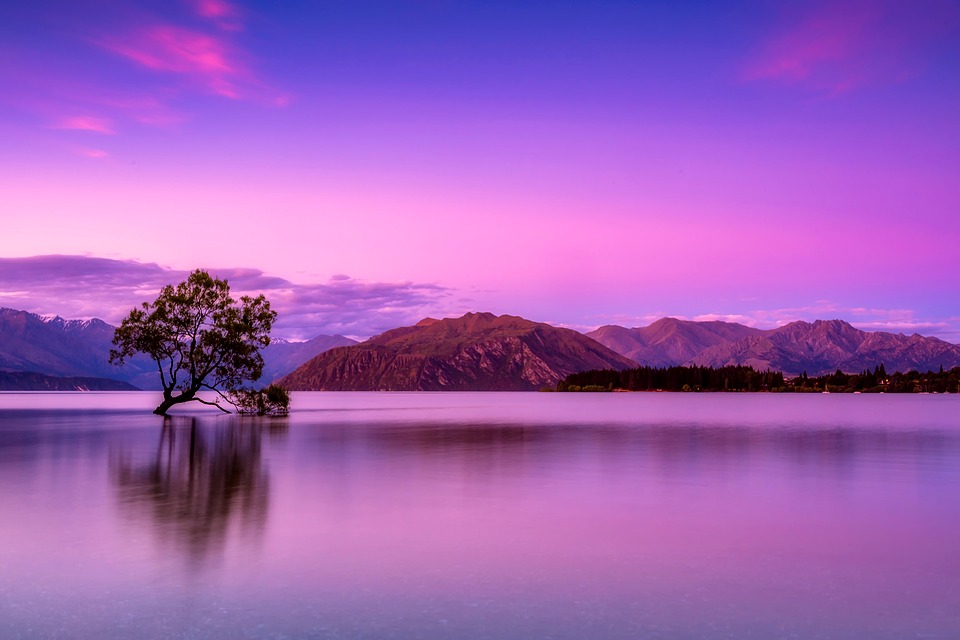
Capital of New Zealand: Wellington
Population (Estimated July 2012): 4,327,944
Area: 270,692km2 or 104,515mi2
Currency: New Zealand dollar (NZ$)
Official Language: English (91%); Maori; New Zealand Sign Language
Political Information: Constitutional Monarchy and Parliamentary Democracy
Official Religion: No Official Religion(approximately 38.6% of the population are Protestant, 32.2% have no religion, 12.6% are Roman Catholic, 1.6% are Maori Christian, 1.6% are Hindu, 1.3 are Buddhist and 2.2% follow other religions)
Highest Mountain: Mount Cook at 3,754m or 12 316ft
GDP Official Exchange Rate (OER is more precise at gauging a countries economic power)
(Estimated 2011): $168.8 billion (US$) or (GBP)
GDP (OER) Per Capita (per member of the population estimated 2011): (US$) or (GBP)
GDP Purchasing Power Parity (PPP is good for gauging living conditions and use of resources but not as accurate as OER. This data has been calculated based on the sum value of all goods and services produced in the country valued at prices prevailing in the United States)
(Estimated 2011): $123.3 billion (US$) or (GBP)
GDP (PPP) Per Capita (per member of the population estimated 2011): $27,900 (US$) or (GBP)
Time Zone (GMT/UTC): +12:00
Counties/Provinces/States: 16 regions and 1 territory*; Auckland, Bay of Plenty, Canterbury, Chatham Islands*, Gisborne, Hawke’s Bay, Manawatu-Wanganui, Marlborough, Nelson, Northland, Otago, Southland, Taranaki, Tasman, Waikato, Wellington, West Coast
Leaders: H.M. Queen ELIZABETH II (since 6 February 1952); represented by Governor General Dame Patricia Lee REDDY (since 28 September 2016) and Prime Minister Jacinda ARDERN (since 26 October 2017); Deputy Prime Minister Winston PETERS (since 26 October 2017)
Additional: Gained independence from the U.K. on the 26th of September 1907.
Sources: CIA World Fact Book, Encyclopaedia Britannica.
New Zealand
New Zealand, also known as Aotearoa in the Māori language, is an island nation situated in the southwestern Pacific Ocean. It comprises two primary landmasses, the North Island and the South Island, along with numerous smaller islands. The country is renowned for its remarkable natural landscapes, diverse fauna, and rich Māori culture.
With a population of approximately 5 million inhabitants, New Zealand is a relatively small country, yet it has garnered a reputation for its hospitable residents and relaxed way of life. The official languages are English and Māori, and the national currency is the New Zealand dollar. The country offers a wide range of experiences for visitors, from adventure sports to nature exploration and cultural immersion.
New Zealand is celebrated for its awe-inspiring scenery, which encompasses rugged mountains, unspoilt beaches, verdant forests, and crystalline lakes. The nation’s varied geography and climate render it ideal for outdoor pursuits such as tramping, skiing, surfing, and bungee jumping. Beyond its natural splendour, New Zealand boasts a dynamic arts and culture scene, with flourishing music, film, and art communities.
The country’s rich history and indigenous Māori heritage contribute to its distinctive character, making it a captivating destination for international travellers. Whether one is exploring the bustling urban centres or the remote wilderness, New Zealand provides an unforgettable experience that often inspires return visits.
Summary
- New Zealand is a stunning island country in the southwestern Pacific Ocean, known for its breathtaking landscapes and rich Maori culture.
- The geography of New Zealand is diverse, featuring mountains, beaches, and fjords, while the climate ranges from subtropical in the north to temperate in the south.
- The history of New Zealand is marked by the arrival of the Maori people, followed by European exploration and colonization, leading to a unique blend of cultures and traditions.
- New Zealand is home to a variety of unique wildlife, including the iconic kiwi bird, and boasts natural beauty such as the Fiordland National Park and the Bay of Islands.
- From the iconic Milford Sound to the vibrant city of Auckland, New Zealand offers a range of famous landmarks and attractions for visitors to explore.
Geography and Climate of New Zealand
Landscapes and Climate
The North Island is known for its volcanic activity, geothermal hot springs, and beautiful beaches, while the South Island is famous for its majestic mountains, fjords, and glaciers. The country’s climate varies from subtropical in the north to temperate in the south, with mild temperatures and moderate rainfall throughout the year.
Seasonal Activities
The summer months (December to February) are warm and sunny, making it the perfect time for outdoor activities and beach holidays. In contrast, the winter months (June to August) bring cooler temperatures and snowfall in the mountainous regions, creating excellent conditions for skiing and snowboarding.
Unique Flora and Fauna
New Zealand’s unique geography has also led to the evolution of a diverse range of flora and fauna. The country is home to many endemic species of plants and animals, including the iconic kiwi bird, which has become a symbol of New Zealand’s natural heritage. The surrounding waters are teeming with marine life, making it a popular destination for whale watching, dolphin encounters, and snorkelling. Whether you’re exploring the lush rainforests, traversing the alpine meadows, or relaxing on the sandy shores, New Zealand’s natural beauty will leave you in awe of its sheer diversity and splendour.
History and Culture of New Zealand
The history of New Zealand is rich and complex, shaped by the arrival of the Maori people around 800 years ago and later European colonisation in the 18th century. The Maori culture is an integral part of New Zealand’s identity, with its own language, traditions, and customs that are celebrated throughout the country. The Maori people have a deep connection to the land and sea, and their art forms such as carving, weaving, and tattooing are highly respected and admired.
Visitors to New Zealand can immerse themselves in Maori culture through traditional performances, guided tours of historic sites, and interactive experiences that offer insight into their way of life. The arrival of European settlers brought significant changes to New Zealand’s society and economy, leading to the blending of Maori and European influences that have shaped the country’s modern culture. Today, New Zealand is known for its friendly and laid-back attitude, with a strong emphasis on outdoor activities, sports, and a love for nature.
The country has also made significant contributions to the arts and entertainment industry, producing world-renowned musicians, filmmakers, and artists who have put New Zealand on the global stage. Whether you’re exploring the vibrant cities or remote villages, you’ll find a warm welcome and a rich tapestry of traditions that reflect New Zealand’s diverse cultural heritage.
Wildlife and Natural Beauty of New Zealand
New Zealand is home to an incredible array of wildlife, much of which is found nowhere else in the world. The country’s isolation has led to the evolution of unique species that have adapted to its diverse habitats, from the dense forests to the rugged mountains. One of the most famous inhabitants is the kiwi bird, a flightless nocturnal bird that has become an iconic symbol of New Zealand’s natural heritage.
Other native species include the kea parrot, tuatara lizard, and the playful Hector’s dolphin. In addition to land animals, New Zealand’s surrounding waters are teeming with marine life such as seals, penguins, and whales. The natural beauty of New Zealand is truly awe-inspiring, with a wide range of landscapes that offer something for every nature lover.
The North Island is known for its geothermal wonders such as Rotorua’s bubbling mud pools and geysers, while the South Island boasts dramatic fjords like Milford Sound and rugged mountain ranges like the Southern Alps. The country’s national parks are a haven for outdoor enthusiasts, offering opportunities for hiking, camping, birdwatching, and photography. Whether you’re exploring the pristine beaches of Abel Tasman National Park or trekking through the ancient forests of Fiordland, New Zealand’s natural beauty will leave you spellbound by its sheer diversity and splendour.
Famous Landmarks and Attractions in New Zealand
New Zealand is home to a wealth of famous landmarks and attractions that showcase its natural beauty and cultural heritage. One of the most iconic destinations is Fiordland National Park, which is renowned for its stunning fjords, waterfalls, and dramatic landscapes that have captivated visitors for centuries. Milford Sound is perhaps the most famous fjord in the park, offering boat cruises that provide breathtaking views of its sheer cliffs and cascading waterfalls.
Another must-see attraction is Rotorua, a geothermal wonderland that boasts bubbling mud pools, steaming geysers, and natural hot springs that are revered for their healing properties. For those seeking adventure and adrenaline-pumping activities, Queenstown is the place to be. Known as the adventure capital of New Zealand, Queenstown offers a wide range of thrilling experiences such as bungee jumping, skydiving, jet boating, and skiing in the winter months.
The city’s stunning alpine scenery provides a picturesque backdrop for these heart-pounding activities that will leave you with unforgettable memories. In addition to its natural wonders and adventure sports, New Zealand also has a vibrant cultural scene with world-class museums, art galleries, and historic sites that offer insight into the country’s rich heritage. Whether you’re exploring the bustling cities or remote wilderness areas, New Zealand’s famous landmarks and attractions will leave you in awe of their beauty and significance.
Cuisine and Food Culture in New Zealand
Seafood Delights
The country’s extensive coastline plays a significant role in its cuisine, with fresh fish such as snapper, salmon, and crayfish being popular choices for seafood enthusiasts.
Traditional Fare and World-Class Wines
Another iconic dish is the hangi, a traditional Maori method of cooking that involves slow-cooking meat and vegetables in an underground oven heated by hot stones. In addition to its traditional fare, New Zealand is also renowned for its world-class wines that have gained international acclaim for their quality and diversity. The country’s wine regions, such as Marlborough and Central Otago, produce exceptional sauvignon blancs, pinot noirs, and chardonnays that pair perfectly with local dishes or can be enjoyed on their own.
Sweet Treats and Fresh Flavours
For those with a sweet tooth, New Zealand offers an array of delectable desserts such as pavlova (a meringue-based dessert topped with fruit) and hokey pokey ice cream (vanilla ice cream with honeycomb toffee). Whether you’re dining at a fine-dining restaurant or sampling street food at a local market, New Zealand’s cuisine will tantalise your taste buds with its diverse flavours and fresh ingredients.
Travel Tips and Recommendations for Visiting New Zealand
When planning a trip to New Zealand, there are several travel tips and recommendations that can help make your experience more enjoyable and hassle-free. Firstly, it’s important to consider the best time to visit based on your interests and preferences. The summer months (December to February) are ideal for outdoor activities such as hiking, beach holidays, and wildlife encounters, while the winter months (June to August) are perfect for skiing and snowboarding in the South Island’s alpine regions.
In terms of transportation, renting a car or campervan is a popular choice for exploring New Zealand’s scenic landscapes at your own pace. The country has well-maintained roads that provide access to remote areas as well as major attractions, making it easy to navigate between destinations. For those who prefer public transport, New Zealand offers reliable bus services that connect major cities and towns across both islands.
Accommodation options in New Zealand range from luxury resorts to budget-friendly hostels and holiday parks that cater to every traveller’s needs. It’s advisable to book accommodation in advance during peak tourist seasons to secure your preferred choice and avoid disappointment. Lastly, it’s important to respect New Zealand’s natural environment and cultural heritage by following responsible travel practices such as disposing of waste properly, staying on designated trails when hiking, and respecting local customs and traditions.
By being mindful of these travel tips and recommendations, you can make the most of your visit to this enchanting island nation and create lasting memories that will stay with you long after your journey has ended.
FAQs
What is the capital of New Zealand?
The capital of New Zealand is Wellington.
What is the population of New Zealand?
As of 2021, the population of New Zealand is approximately 5 million people.
What is the official language of New Zealand?
The official languages of New Zealand are English and Te Reo Māori.
What is the currency used in New Zealand?
The currency used in New Zealand is the New Zealand Dollar (NZD).
What are some popular tourist attractions in New Zealand?
Popular tourist attractions in New Zealand include Milford Sound, Fiordland National Park, Queenstown, Rotorua, and the Bay of Islands.
What is the climate like in New Zealand?
New Zealand has a varied climate, with mild temperatures and moderate rainfall. The North Island tends to be warmer, while the South Island experiences cooler temperatures.
What are some traditional dishes in New Zealand?
Traditional dishes in New Zealand include Hangi (a Māori method of cooking food using heated rocks buried in a pit oven), Pavlova (a meringue-based dessert), and seafood such as green-lipped mussels and paua (abalone).
What are some popular outdoor activities in New Zealand?
Popular outdoor activities in New Zealand include hiking, skiing, bungee jumping, skydiving, and water sports such as kayaking and sailing.
Political Boundaries of New Zealand: Provinces, Districts, or Historical Boundaries.
New Zealand, a picturesque island nation situated in the southwestern Pacific Ocean, is renowned for its breathtaking landscapes, rich Māori culture and dynamic urban centres. The country’s political boundaries have evolved over time, shaping its governance and administration. These boundaries encompass provinces, districts and historical demarcations that have significantly influenced New Zealand‘s modern political landscape. A thorough understanding of the historical and current significance of these political boundaries is essential for comprehending the nation’s governance structure and the contemporary challenges it faces. This article shall examine the intricate details of New Zealand’s political boundaries, exploring their historical origins, current administrative divisions and the ongoing debates surrounding their development. Summary New Zealand’s political boundaries are defined by its provinces, districts, and historical boundaries, which have evolved over time. Provinces have historical significance and continue to play a role in local governance, while districts are modern administrative divisions that help manage local services and resources. Historical boundaries have had a lasting impact on modern governance, shaping the distribution of power and resources within the country. The evolution of New Zealand’s political boundaries reflects the country’s changing social, economic, and political landscape. Challenges and debates surrounding political boundaries in New Zealand highlight the need for ongoing discussion and adaptation to meet the needs of a changing society. Provinces: Historical and Current Significance The Legacy of Provinces Despite this, the legacy of provinces still lingers in New Zealand’s political landscape. Today, the country is divided into 16 regions, each with its own regional council responsible for environmental management, land use planning, and other local governance functions. These regions have historical significance as they...
Climate Zones of New Zealand: Different Climate Regions Of New Zealand
New Zealand is a nation renowned for its spectacular natural scenery, varied wildlife and distinctive climate zones. The country’s climate is affected by its position in the Southern Hemisphere, encircled by the Pacific Ocean, Tasman Sea and Southern Ocean. Consequently, New Zealand experiences a broad spectrum of climates, ranging from subtropical in the north to temperate in the south, and even alpine and polar climates in the mountainous areas. The diverse climate zones of New Zealand render it a captivating destination for nature enthusiasts and outdoor adventurers, providing a multitude of outdoor pursuits and experiences throughout the year. The North Island and South Island are the two principal islands of New Zealand, each possessing its own unique climate regions. The North Island is characterised by warmer temperatures and higher rainfall, whilst the South Island is known for its cooler temperatures and varied landscapes, including mountains, fjords and coastal plains. Comprehending the different climate zones of New Zealand is crucial for anyone intending to visit or explore the country, as it can significantly influence the types of activities and experiences available in each region. From seaside holidays in the north to skiing and snowboarding in the south, New Zealand’s climate zones offer a wide range of options for visitors. Summary New Zealand has diverse climate zones due to its unique geography and topography. The Northland and Auckland region experiences a subtropical climate with warm, humid summers and mild, wet winters. The Central North Island and Wellington region has a temperate climate with mild temperatures and high rainfall, especially in Wellington. The South Island’s West Coast region is known for its...
Natural Resources of New Zealand: Where Natural Resources are Located in New Zealand
New Zealand boasts a wealth of natural resources, encompassing a diverse array of landscapes and ecosystems that support a multitude of assets. From verdant forests to productive agricultural land, mineral deposits to plentiful water sources, New Zealand possesses an abundance of natural resources that contribute significantly to its economy and lifestyle. These resources have played a crucial role in shaping the nation’s history and culture, and continue to be a primary driver of its economic prosperity. The natural resources of New Zealand are distributed across its two principal islands, the North Island and the South Island, as well as numerous smaller isles. The country’s distinctive geography, comprising mountains, rivers, lakes, and coastal regions, yields a broad spectrum of natural resources utilised for various purposes. These resources are not only vital for the nation’s economy but also for its environment and biodiversity. New Zealand’s natural resources are meticulously managed to ensure sustainable utilisation and conservation for future generations. Summary New Zealand is rich in natural resources, including forests, minerals, water, agriculture, marine, and geothermal energy. The forests in New Zealand are a valuable source of timber and contribute to the country’s economy and environment. New Zealand has significant mineral and mining resources, including coal, gold, and iron sand. Water resources in New Zealand are abundant and used for hydroelectric power generation, supporting the country’s energy needs. Agriculture and farming are important industries in New Zealand, with dairy, meat, and wool being major exports. New Zealand’s marine and fisheries resources are vital to the country’s economy and provide a sustainable source of food and income. Geothermal and renewable energy resources play...
Cultural or Historical Sites of New Zealand: Important Cultural Landmarks or Historical Sites In New Zealand
New Zealand boasts a wealth of cultural and historical sites that reflect the diverse heritage of its populace. From ancient Māori landmarks to European settlement sites and natural cultural landmarks, the country offers a wide array of historical and cultural experiences for visitors to explore. The preservation and protection of these sites are of paramount importance to the New Zealand government, as they play a crucial role in narrating the nation’s past and present. This article shall delve into the various cultural and historical sites in New Zealand, exploring their significance and the experiences they offer to visitors. New Zealand’s cultural and historical sites are not only vital for preserving the nation’s heritage but also for providing a deeper understanding of the country’s identity and the people who have shaped it over the centuries. Whether it be the ancient Māori landmarks that speak of a rich indigenous culture, the European settlement sites that reflect the impact of colonialism, or the natural cultural landmarks that showcase the country’s stunning landscapes, each site has a unique story to tell. Visitors to New Zealand have the opportunity to immerse themselves in these stories, gaining a deeper appreciation for the country’s history and culture. The following sections shall explore some of the most significant cultural and historical sites in New Zealand, shedding light on their importance and the experiences they offer to those who visit them. Summary New Zealand is home to a rich tapestry of cultural and historical sites, reflecting the country’s diverse heritage and unique identity. Maori cultural landmarks and historical sites, such as the Waitangi Treaty Grounds and Te Puia,...
Terrain and Topography of New Zealand: mountains, valleys, and plains.
The Southern Alps of New Zealand are a remarkable sight, with their lofty peaks and magnificent glaciers. This mountain range extends along the length of the South Island and is home to some of the country’s most renowned peaks, including Aoraki/Mount Cook, New Zealand‘s highest mountain. The Southern Alps are a haven for outdoor enthusiasts, offering a wide array of activities such as tramping, skiing, and mountaineering. The region also encompasses several national parks, including Fiordland National Park and Mount Aspiring National Park, which boast stunning landscapes and diverse wildlife. The Southern Alps are not only a playground for adventurers but also hold spiritual significance for the indigenous Māori people, who have long revered the mountains as sacred. The Southern Alps are a paradise for those seeking adventure and natural beauty. The region’s rugged terrain and unspoilt wilderness make it an ideal destination for outdoor pursuits such as tramping, mountain biking, and rock climbing. The Southern Alps are also home to some of New Zealand’s most famous glaciers, including the Franz Josef and Fox glaciers, which attract visitors from across the globe. In addition to its natural splendour, the Southern Alps are rich in Māori culture and history, with numerous sites of cultural significance scattered throughout the region. Whether one is an adrenaline enthusiast seeking their next thrill or a nature lover in search of solitude in the mountains, the Southern Alps offer something for everyone. Summary The Southern Alps offer majestic and breathtaking views, with towering peaks and stunning glaciers. The Rugged Volcanic Plateau is a dramatic landscape of volcanic cones, craters, and geothermal activity. Fiordland is a...
History of New Zealand
New Zealand, also known as Aotearoa in the Māori language, has a rich history dating back to the arrival of the Māori people around 1250-1300 CE. The Māori are Polynesian navigators who travelled by canoe from other Pacific islands, such as Tahiti and the Cook Islands, to settle in New Zealand. They brought with them their unique culture, language and traditions, which have had a lasting impact on the country. The Māori settled throughout the North and South Islands, establishing tribal communities and developing a deep connection to the land and sea. The Māori people were skilled hunters, gatherers and farmers, and they developed a complex social structure based on kinship ties and tribal affiliations. They also had a rich oral tradition, passing down their history, myths and legends through storytelling and song. The arrival of the Māori marked the beginning of human habitation in New Zealand, and their influence remains evident in the country today. Their arrival also marked the beginning of a unique bicultural society, with the Māori and European settlers eventually coming together to form the modern nation of New Zealand. The Māori people’s arrival in New Zealand was a significant event that shaped the country’s history and culture. Their settlement and development of tribal communities laid the foundation for the rich and diverse society that exists in New Zealand today. The Māori’s deep connection to the land and sea, as well as their unique cultural traditions, have become an integral part of the country’s identity. Their arrival also set the stage for future interactions with European explorers and settlers, leading to a complex and multifaceted...
Population Density of New Zealand
New Zealand, a picturesque island nation situated in the southwestern Pacific Ocean, is renowned for its breathtaking landscapes, vibrant Maori culture, and diverse fauna. With a population of approximately 5 million inhabitants, New Zealand exhibits a comparatively low population density relative to numerous other countries. The population density of New Zealand stands at roughly 18 people per square kilometre, rendering it one of the most sparsely populated nations globally. Notwithstanding its low overall population density, there exist substantial variations in population distribution within the country, with the majority of inhabitants concentrated in urban centres such as Auckland, Wellington, and Christchurch. Comprehending the factors influencing population density in New Zealand, the ramifications of this distribution on infrastructure and services, and the ensuing challenges and opportunities is paramount for efficacious urban and regional planning and development. Summary New Zealand has a relatively low population density compared to other countries, with most of its population concentrated in urban areas. Factors influencing population density in New Zealand include geographical features, economic opportunities, and government policies. Urban population density in New Zealand is higher than rural population density, leading to different infrastructure and service needs. Population density has a significant impact on infrastructure and services, including transportation, healthcare, and education. Managing population density in New Zealand presents challenges such as housing affordability and infrastructure strain, but also opportunities for sustainable development and innovation. Factors Influencing Population Density in New Zealand Geographical Factors One of the key factors is the country’s geography. New Zealand is comprised of two main islands, the North Island and the South Island, as well as numerous smaller islands. Historical Settlement...
Discovering the Wonders of New Zealand: A Journey Through the Land of the Long White Cloud
New Zealand, known as the “Land of the Long White Cloud,” is a country located in the southwestern Pacific Ocean. It consists of two main islands, the North Island and the South Island, as well as numerous smaller islands. The country has a rich history, with the indigenous Maori people settling in New Zealand over a thousand years ago. European explorers arrived in the 17th century, leading to the colonization of the islands by the British. Today, New Zealand is a diverse and multicultural nation, known for its stunning landscapes, unique wildlife, and vibrant Maori culture. The nickname “Land of the Long White Cloud” comes from the Maori name for New Zealand, “Aotearoa.” In Maori mythology, Aotearoa refers to the North Island of New Zealand and translates to “land of the long white cloud.” This name is said to have been given by Polynesian explorer Kupe when he first sighted the country. The long white cloud is believed to represent the mist that hangs over the mountains and forests of New Zealand, creating a mystical and ethereal atmosphere. This nickname has become synonymous with the natural beauty and unique character of the country. New Zealand is renowned for its geographical diversity, offering a wide range of landscapes from mountains to beaches. The South Island is home to the Southern Alps, a mountain range that runs the length of the island and includes Aoraki/Mount Cook, New Zealand’s highest peak. The North Island features volcanic plateaus and geothermal areas such as Rotorua and Taupo. The country also boasts beautiful beaches along its coastline, with popular spots like Piha and Cathedral Cove...

